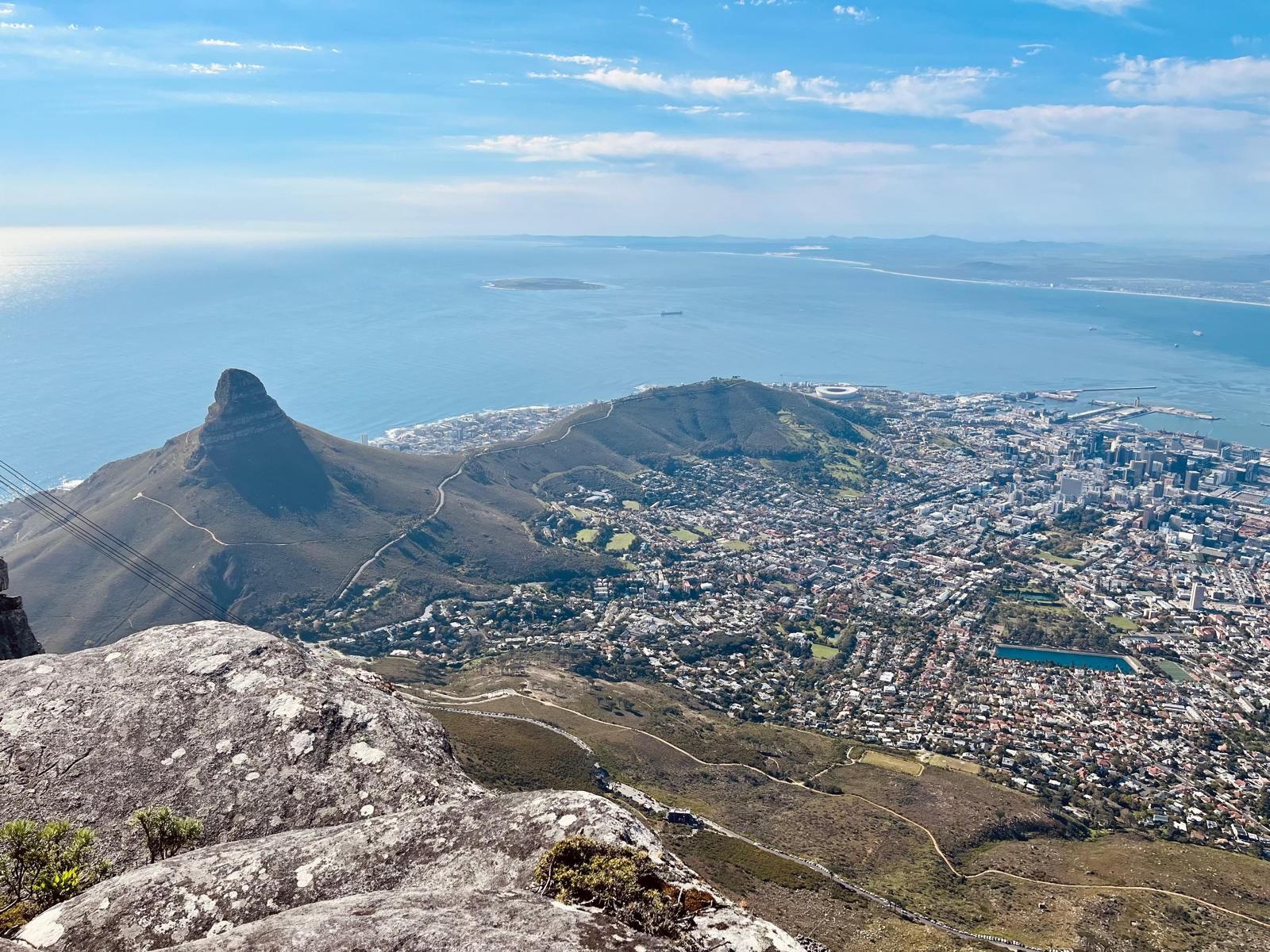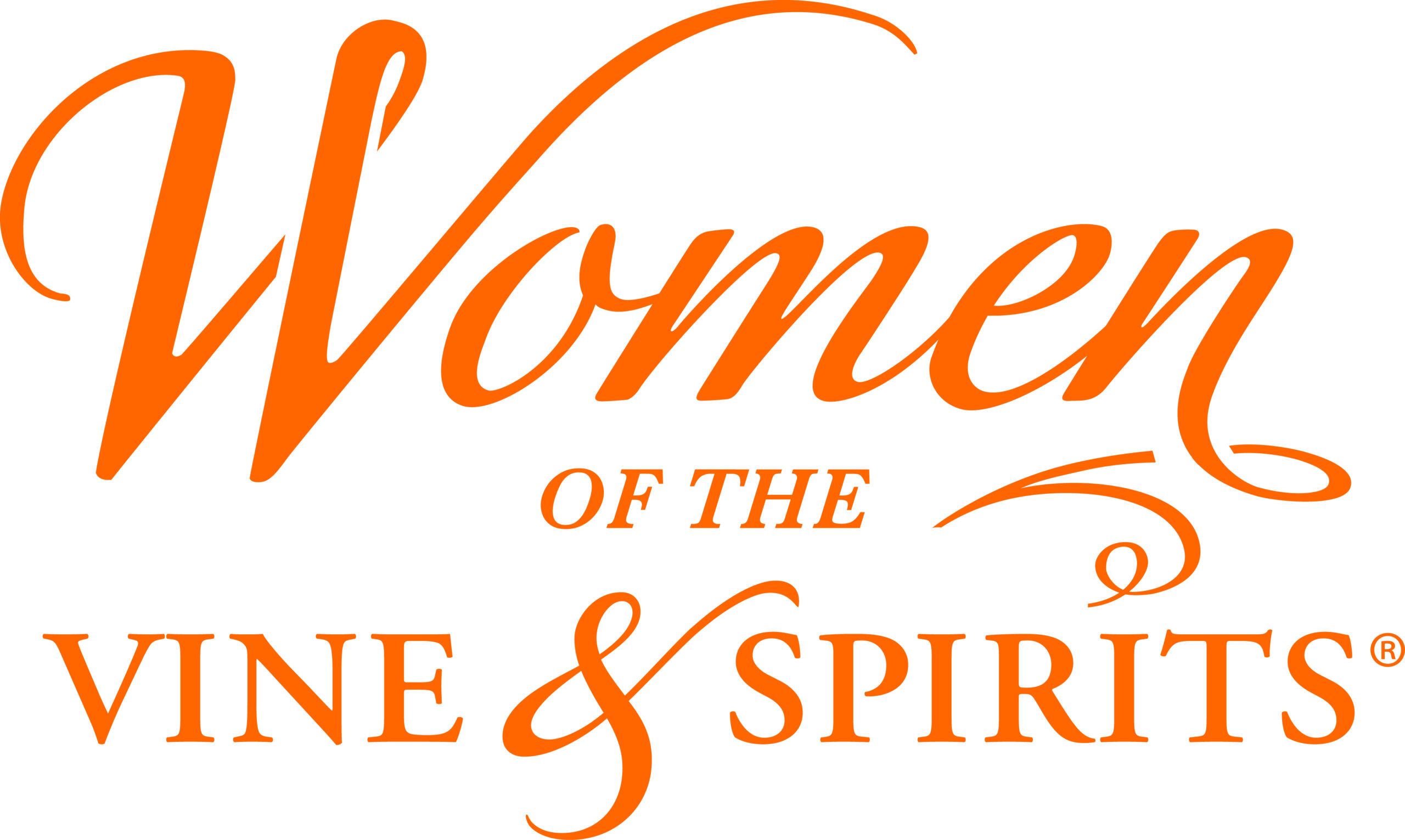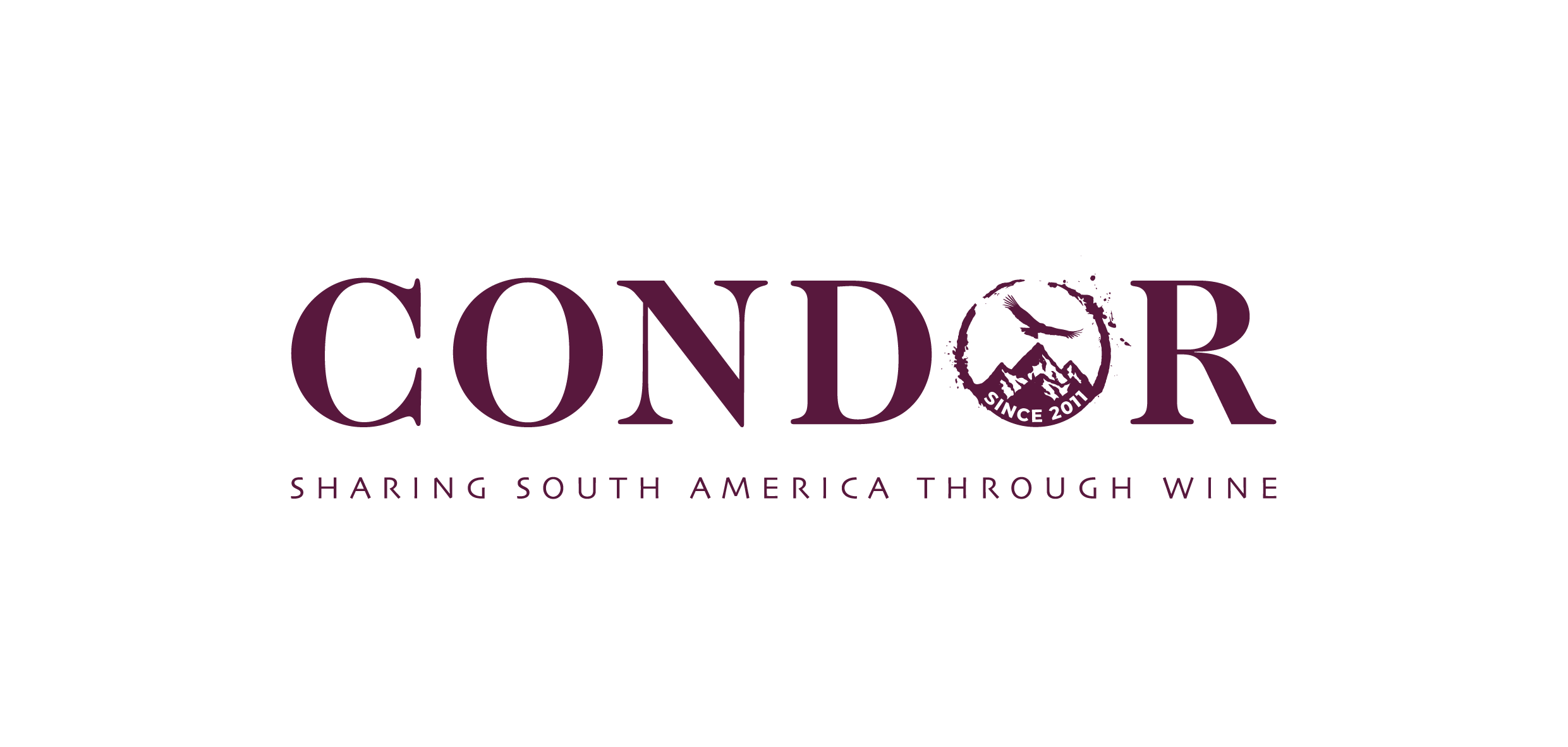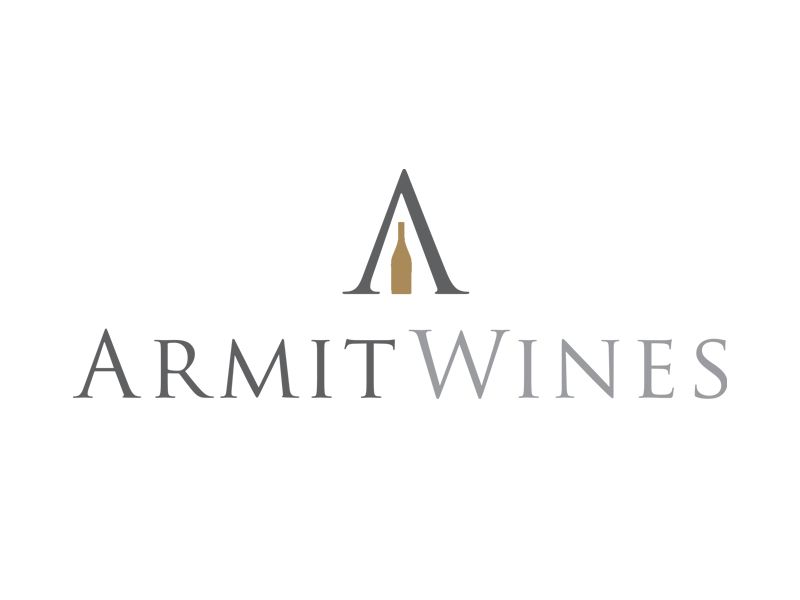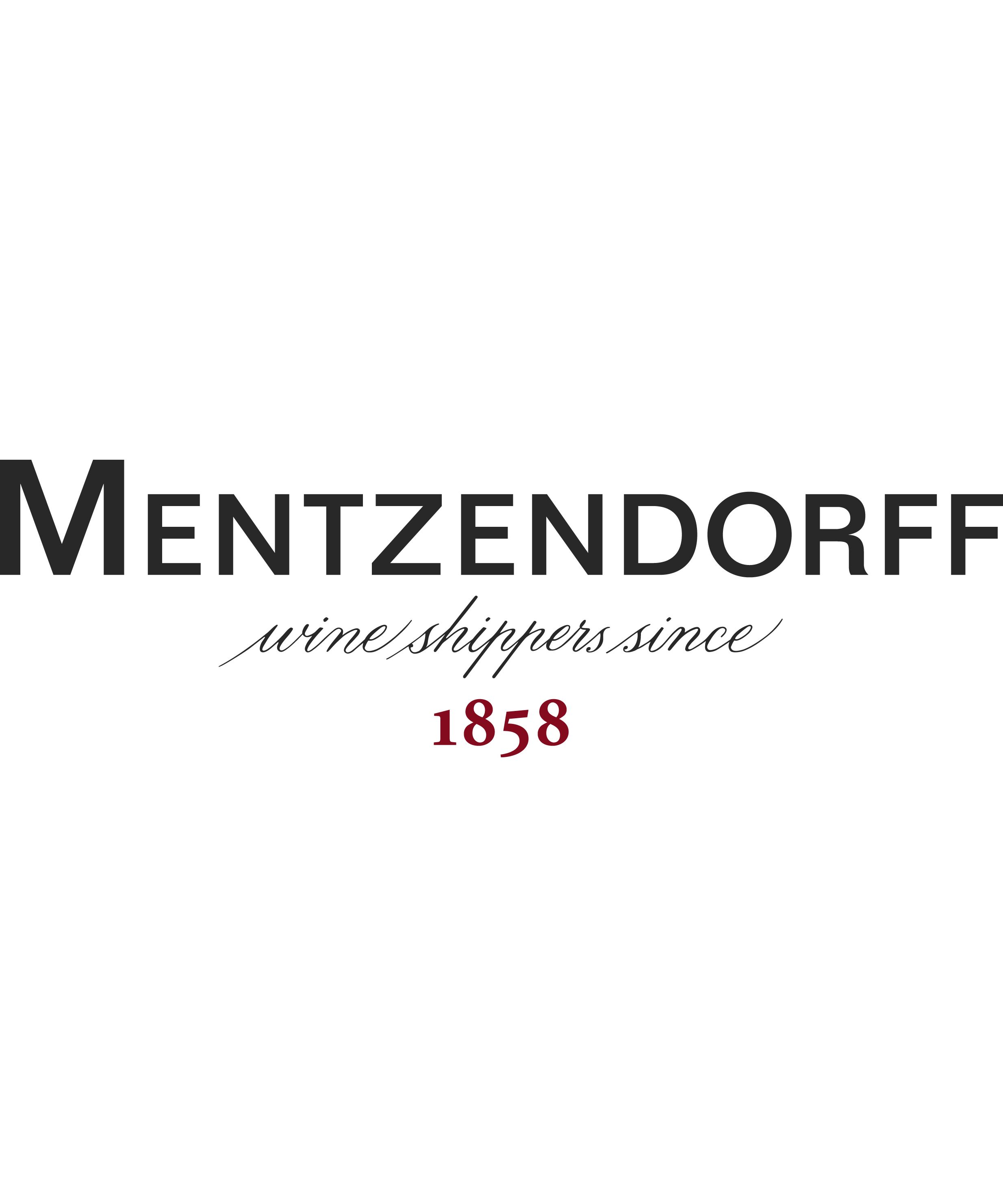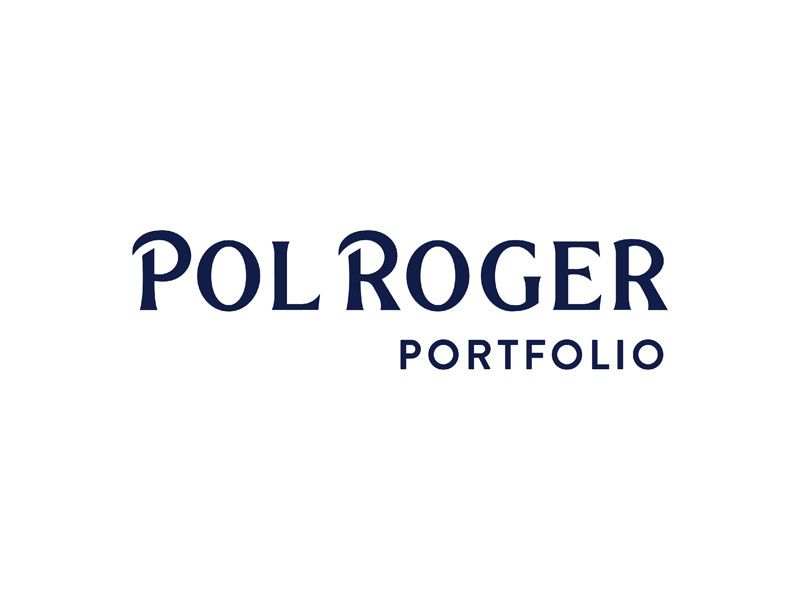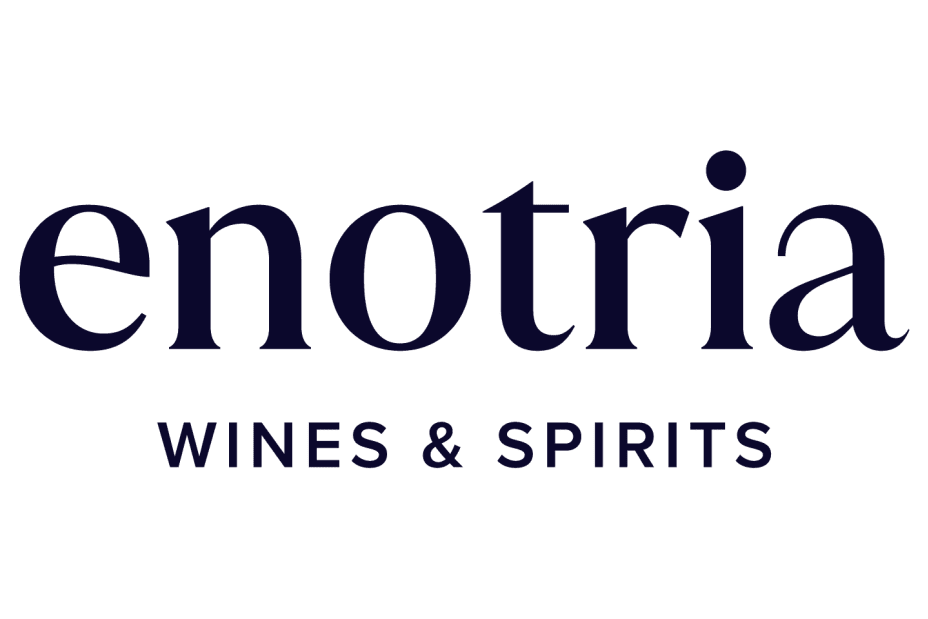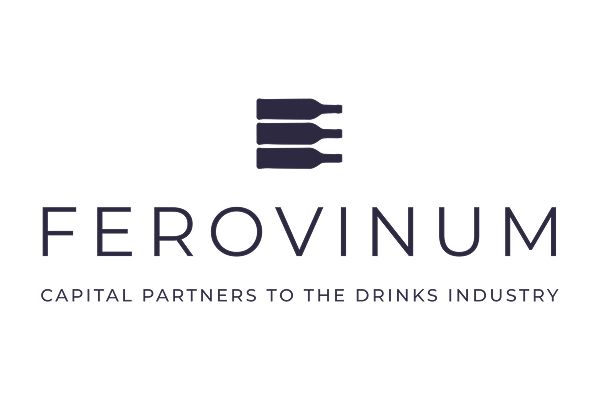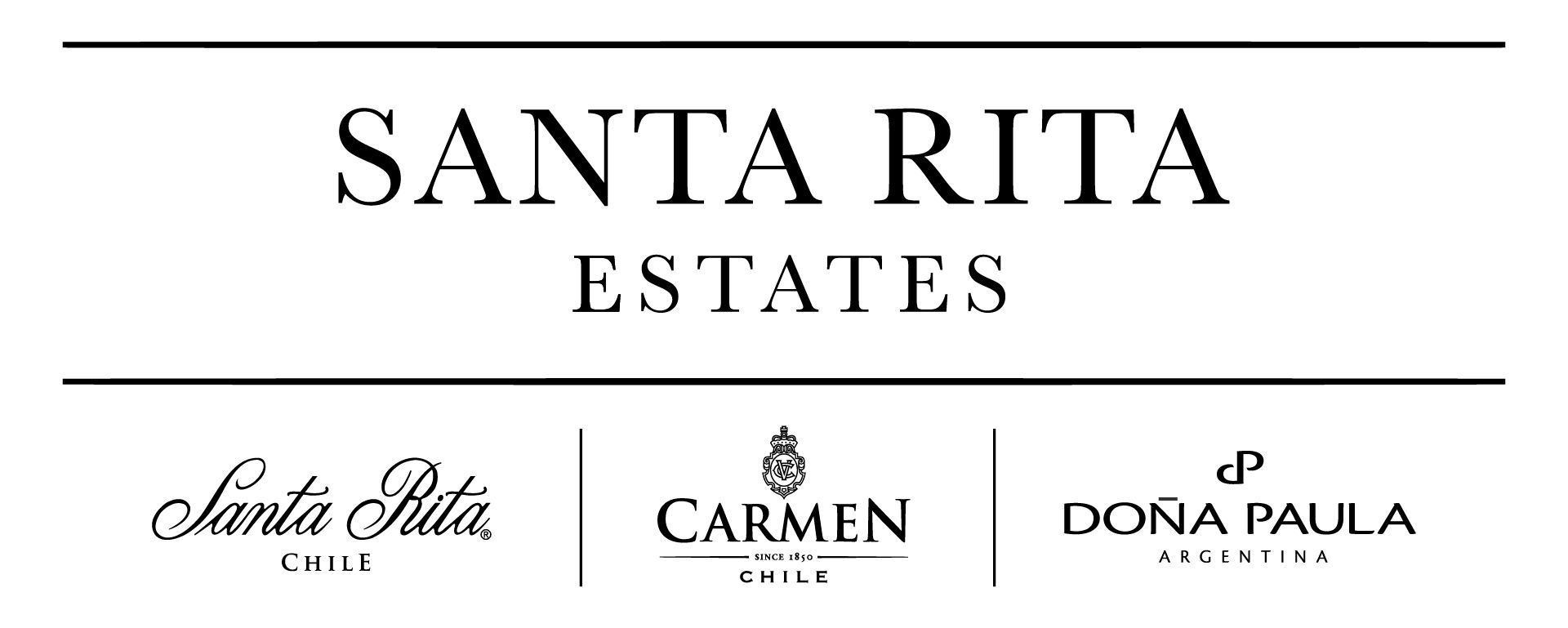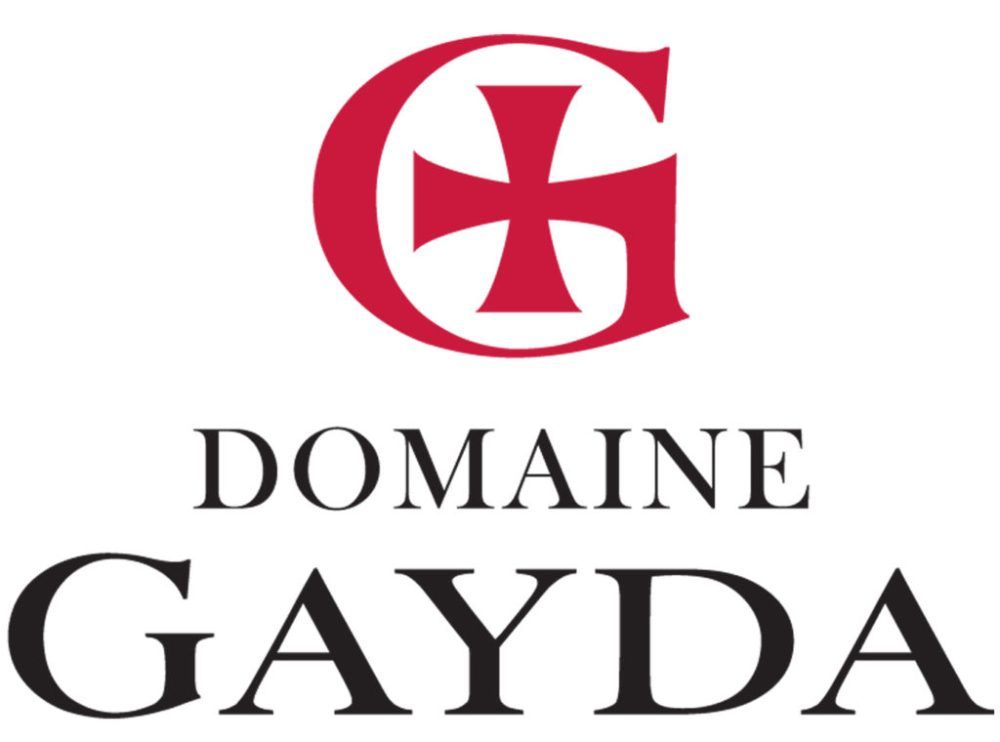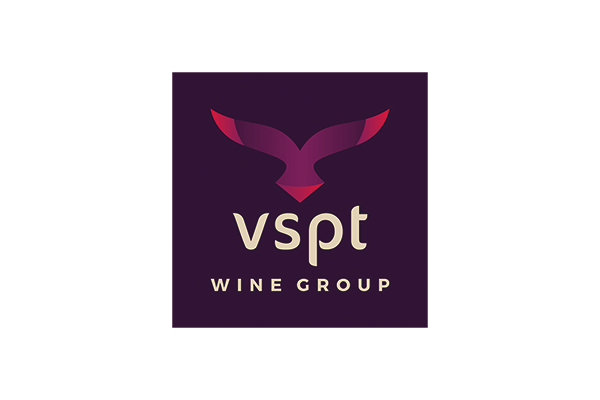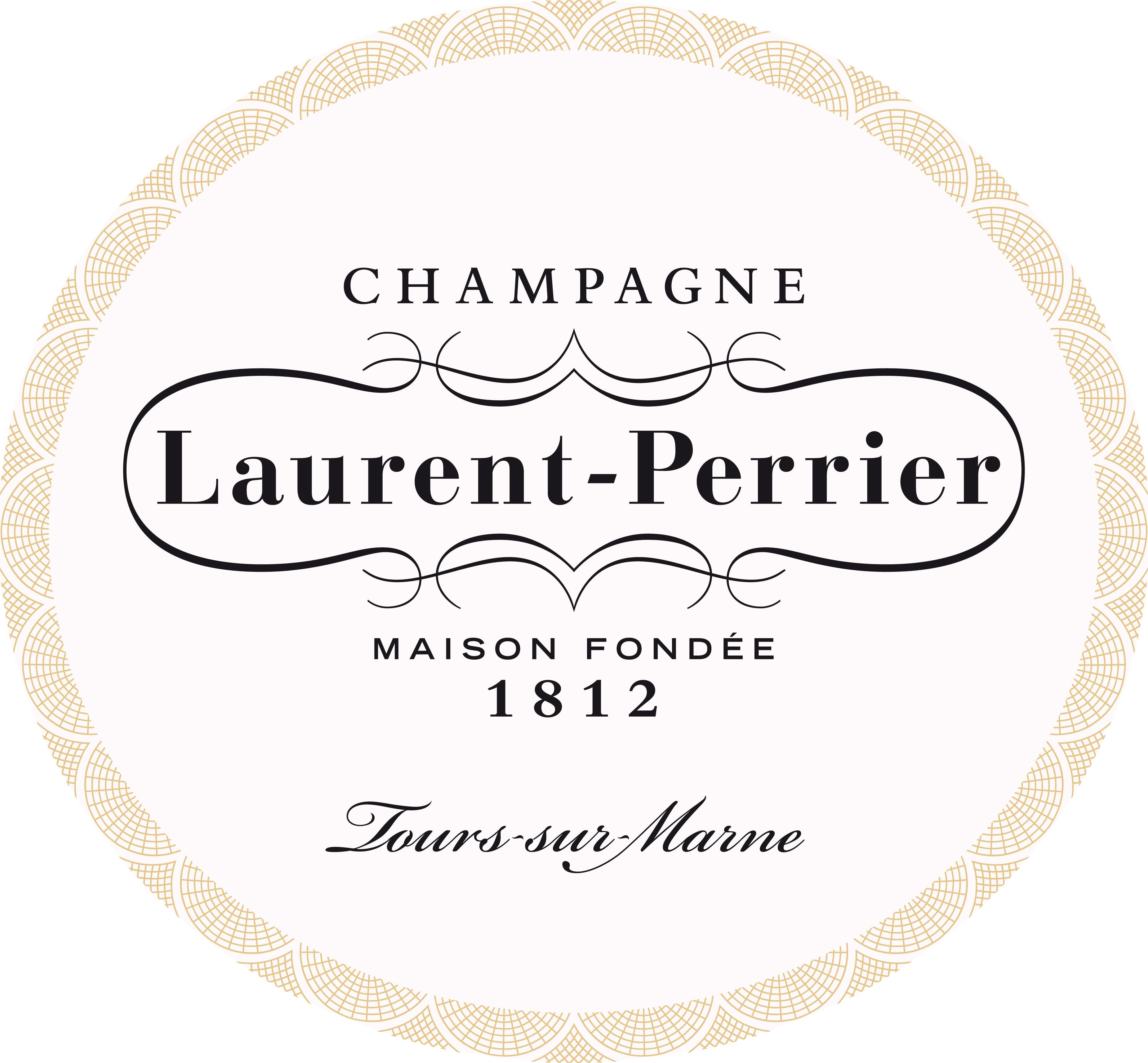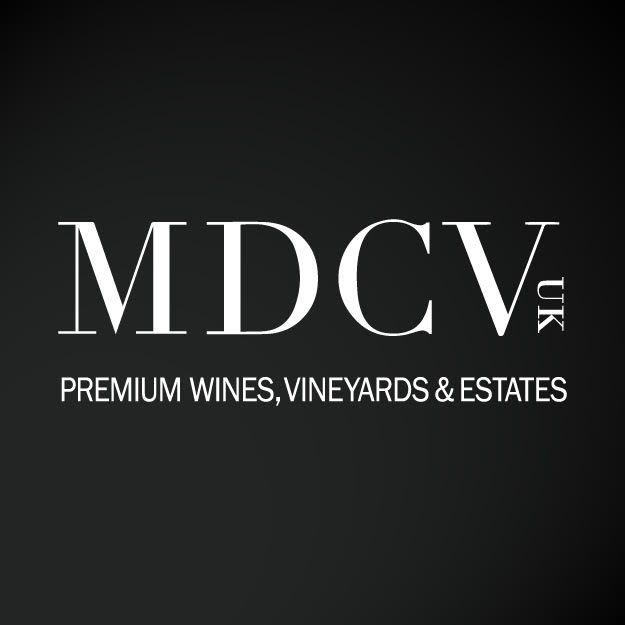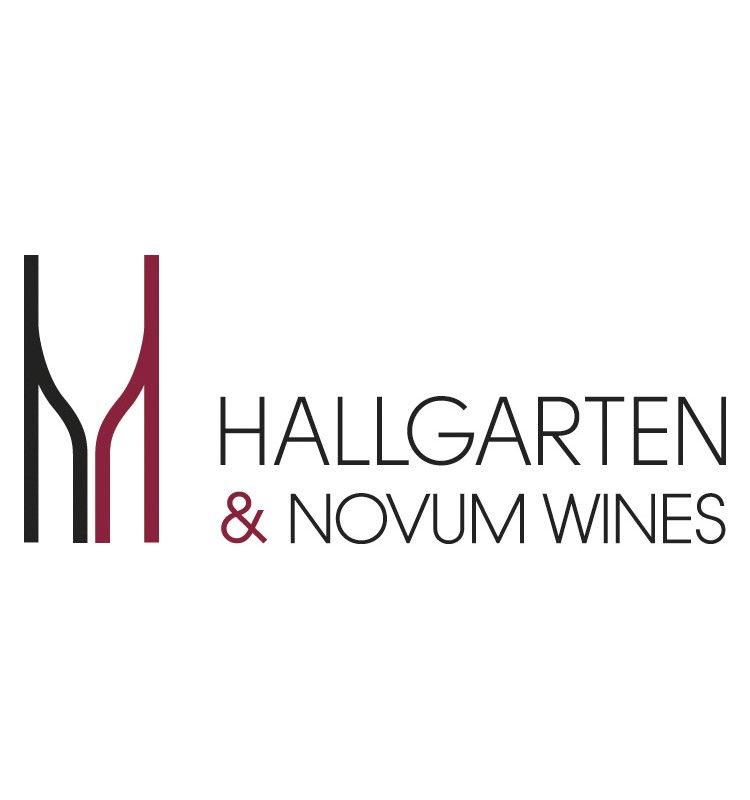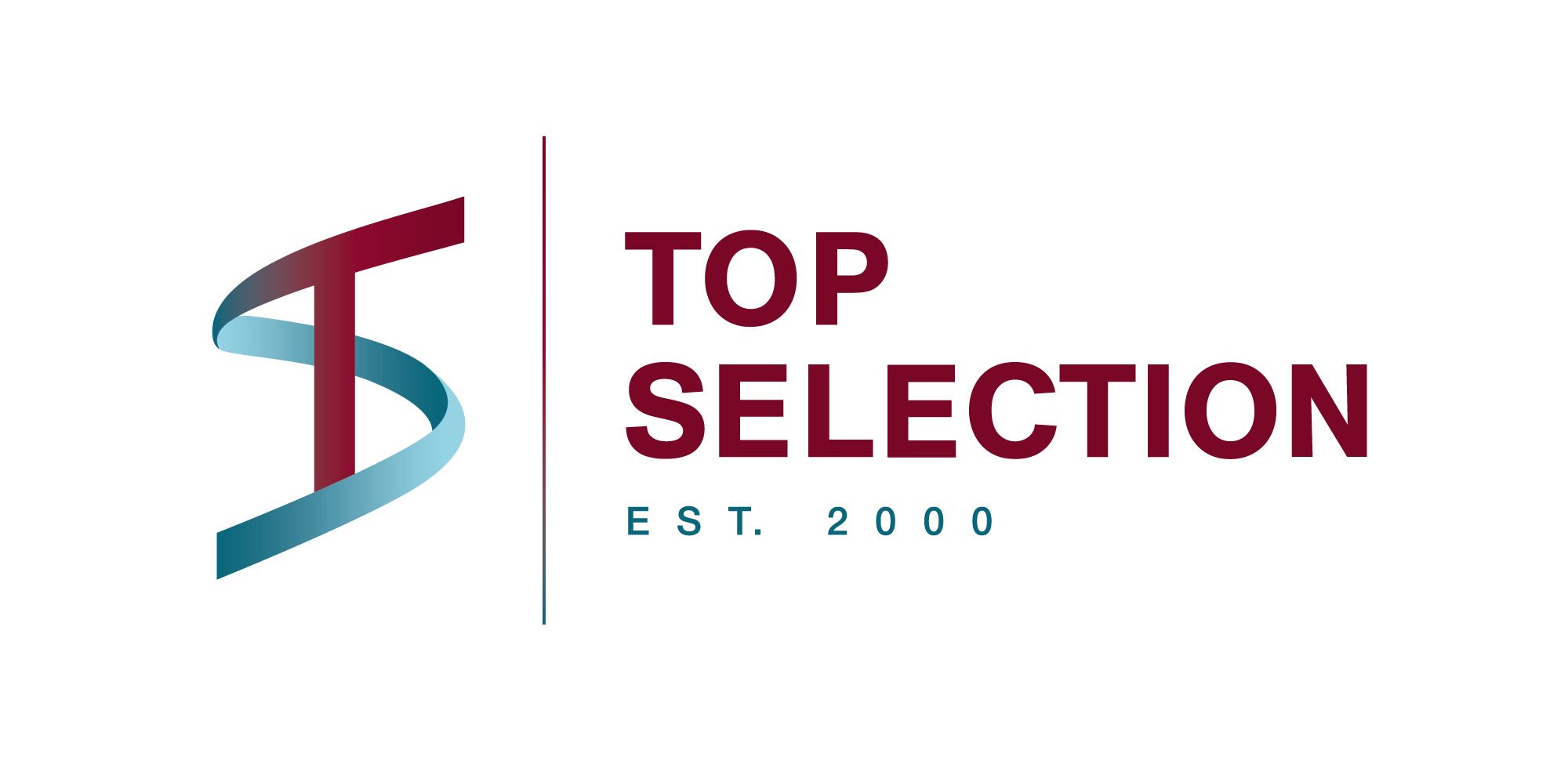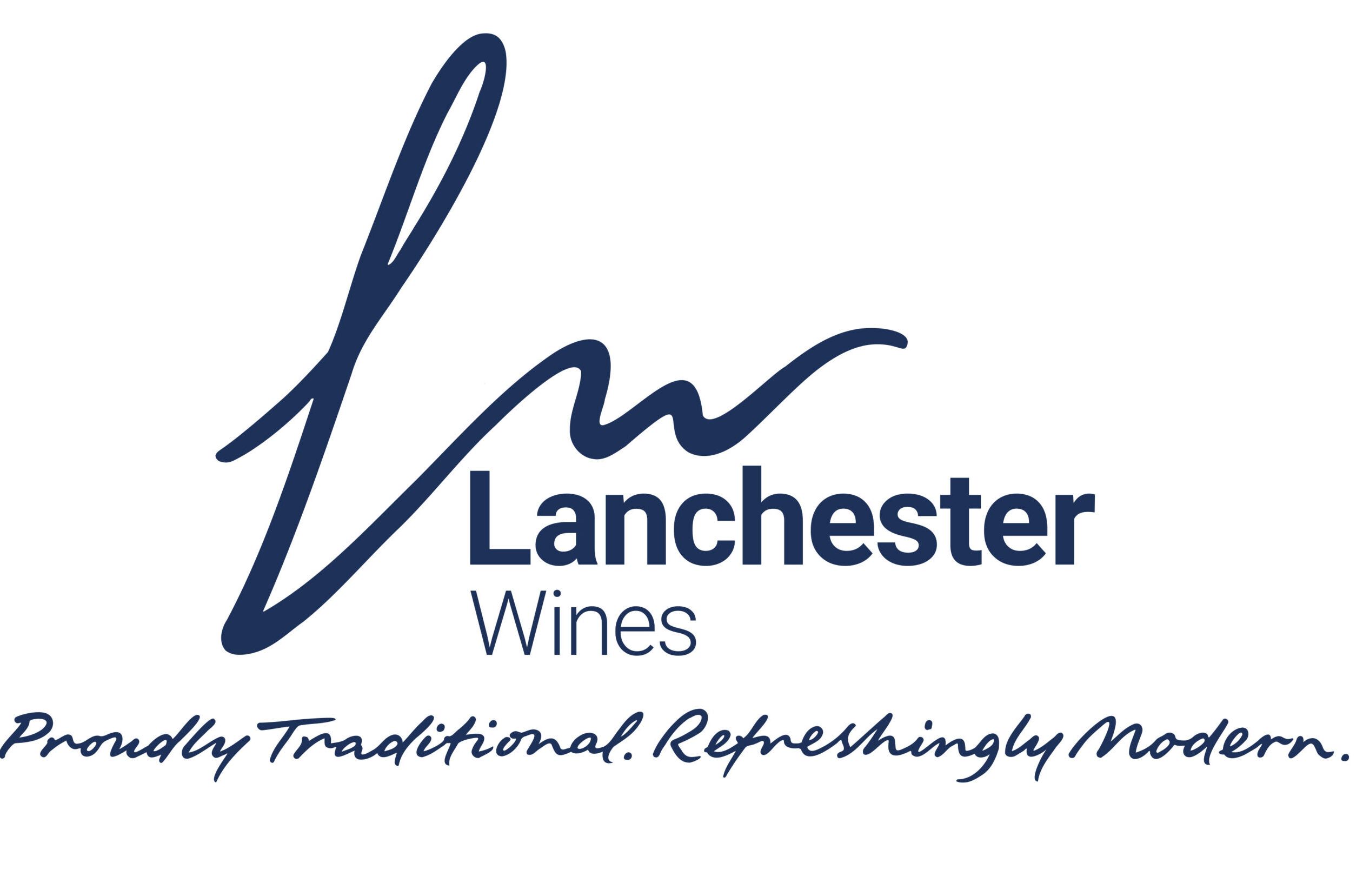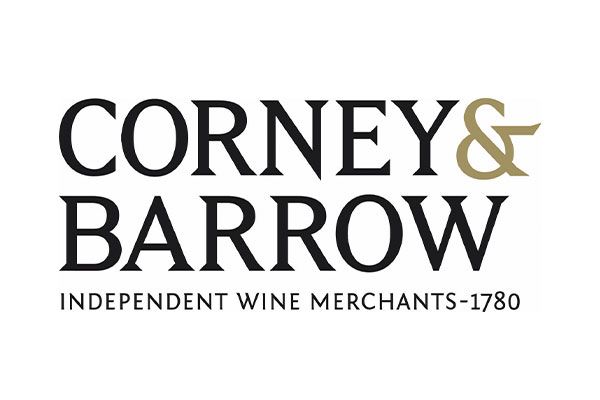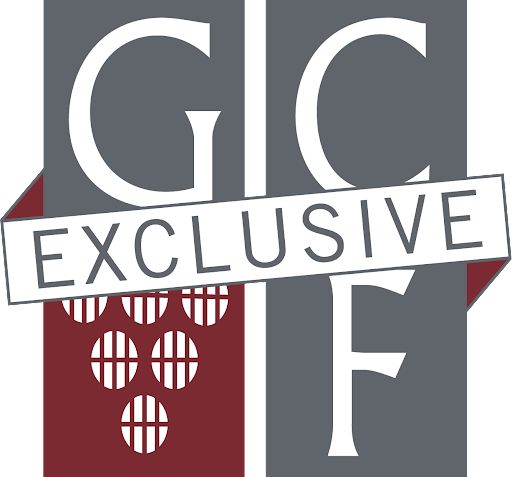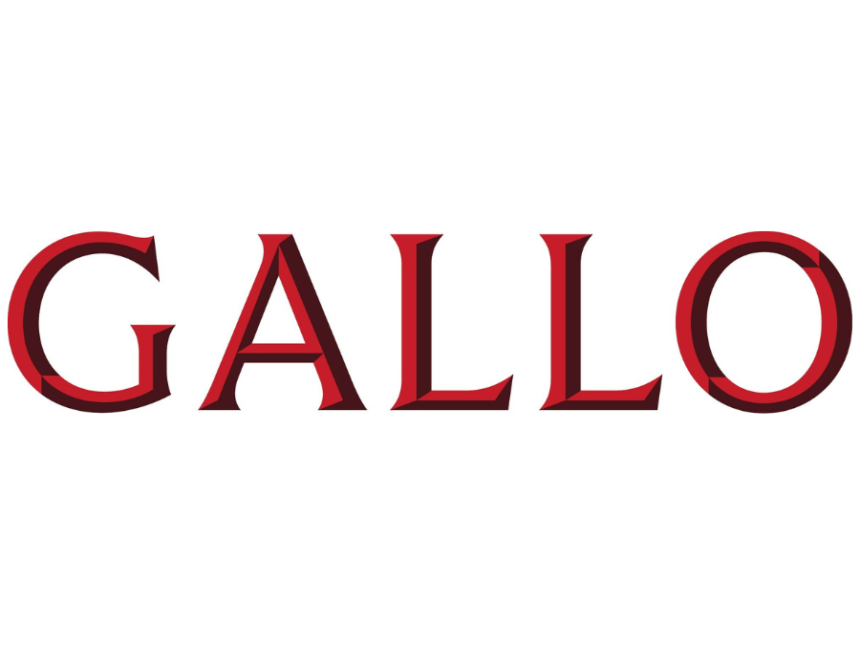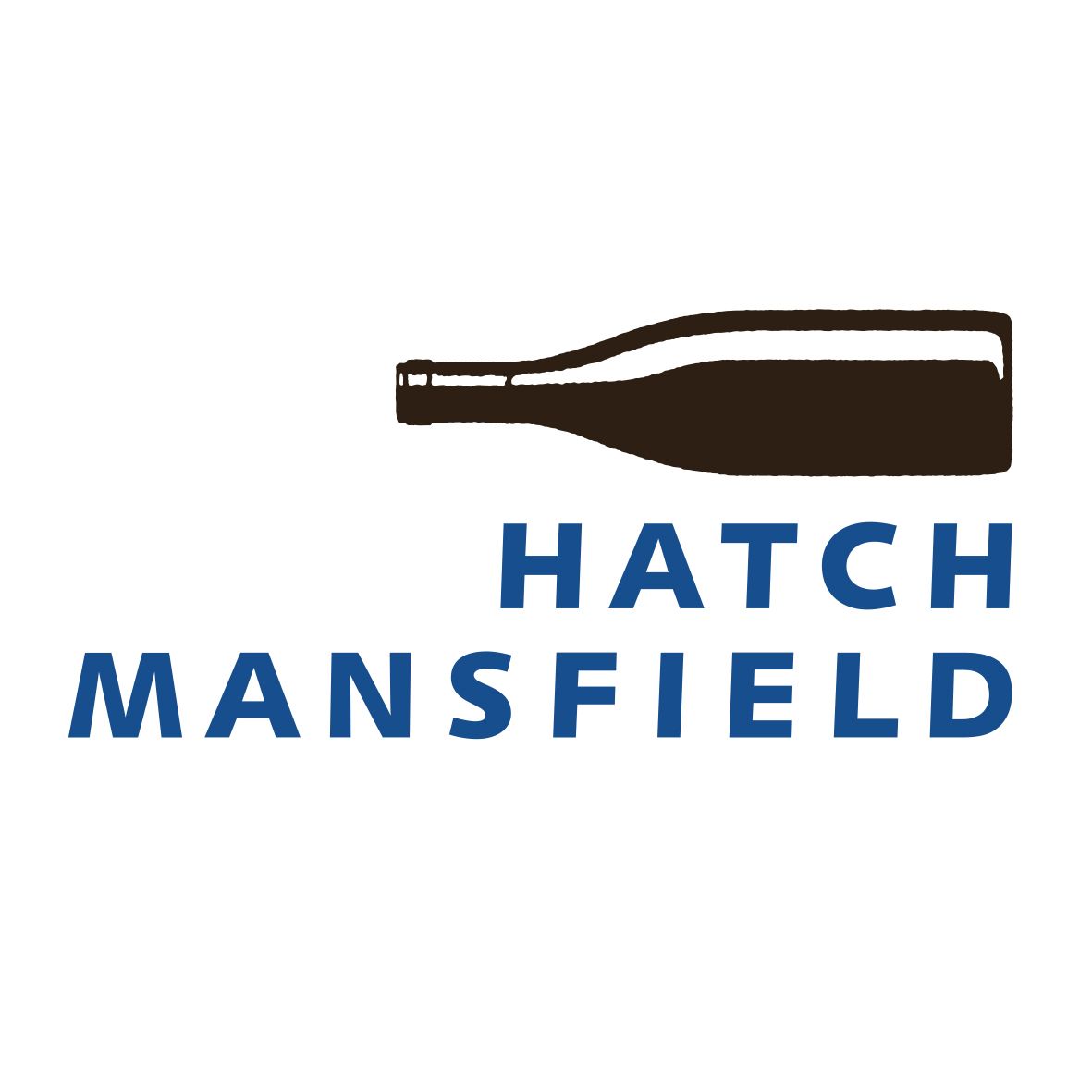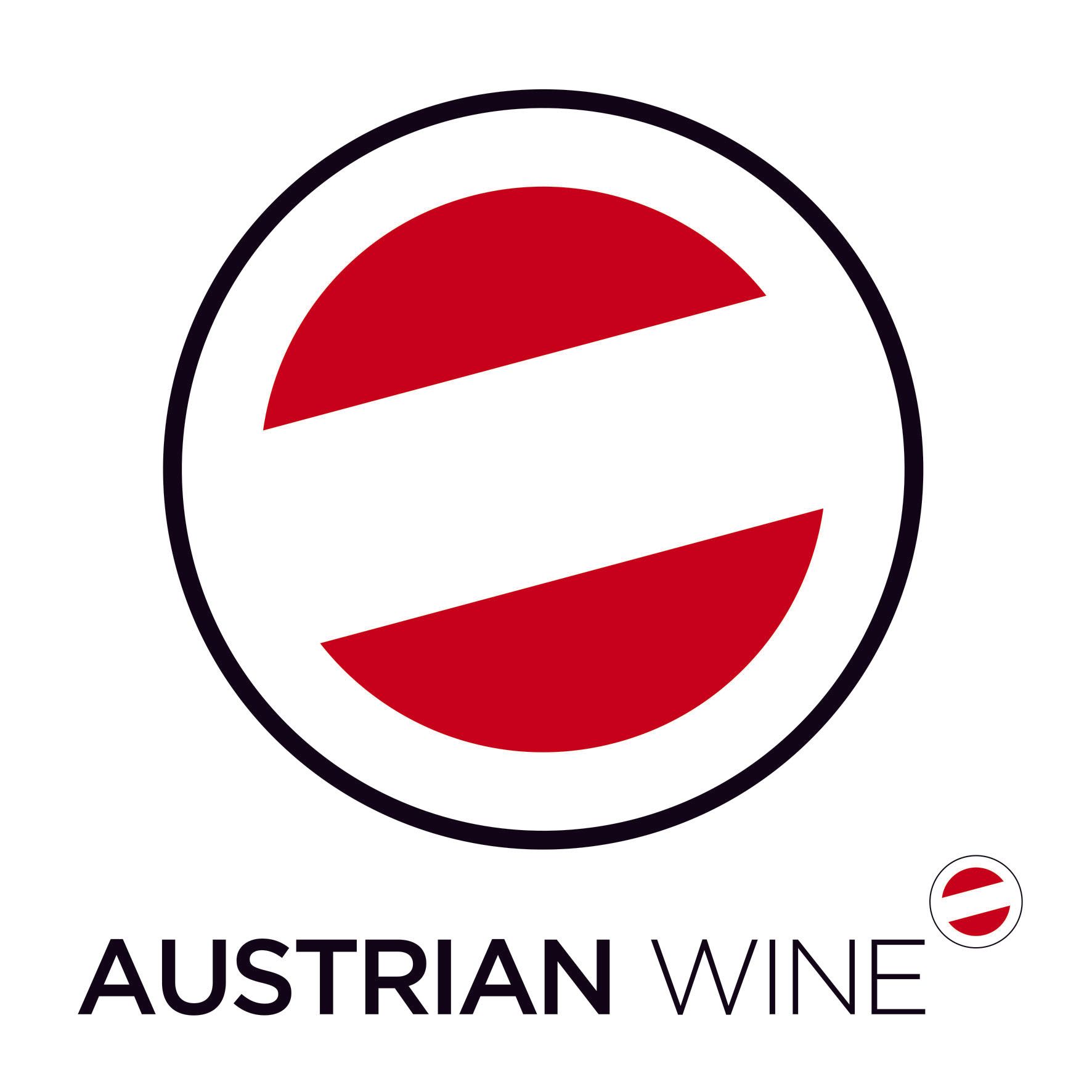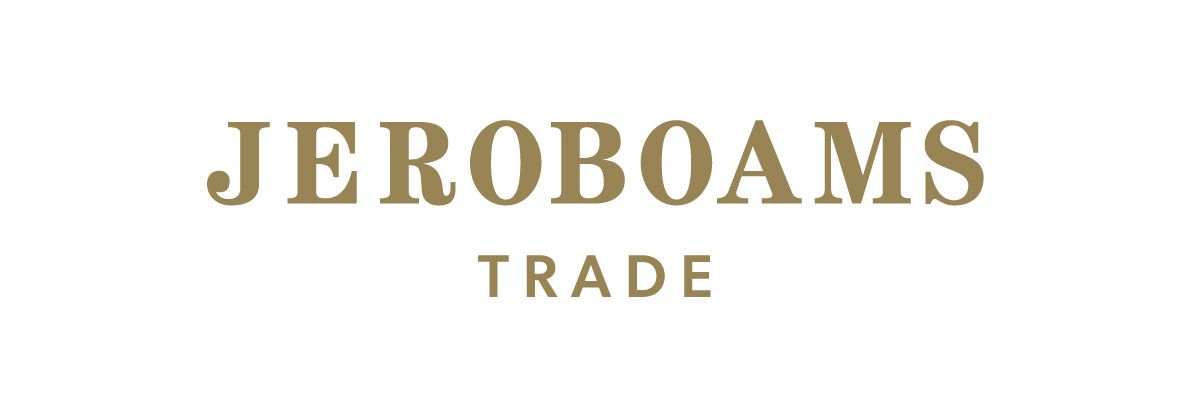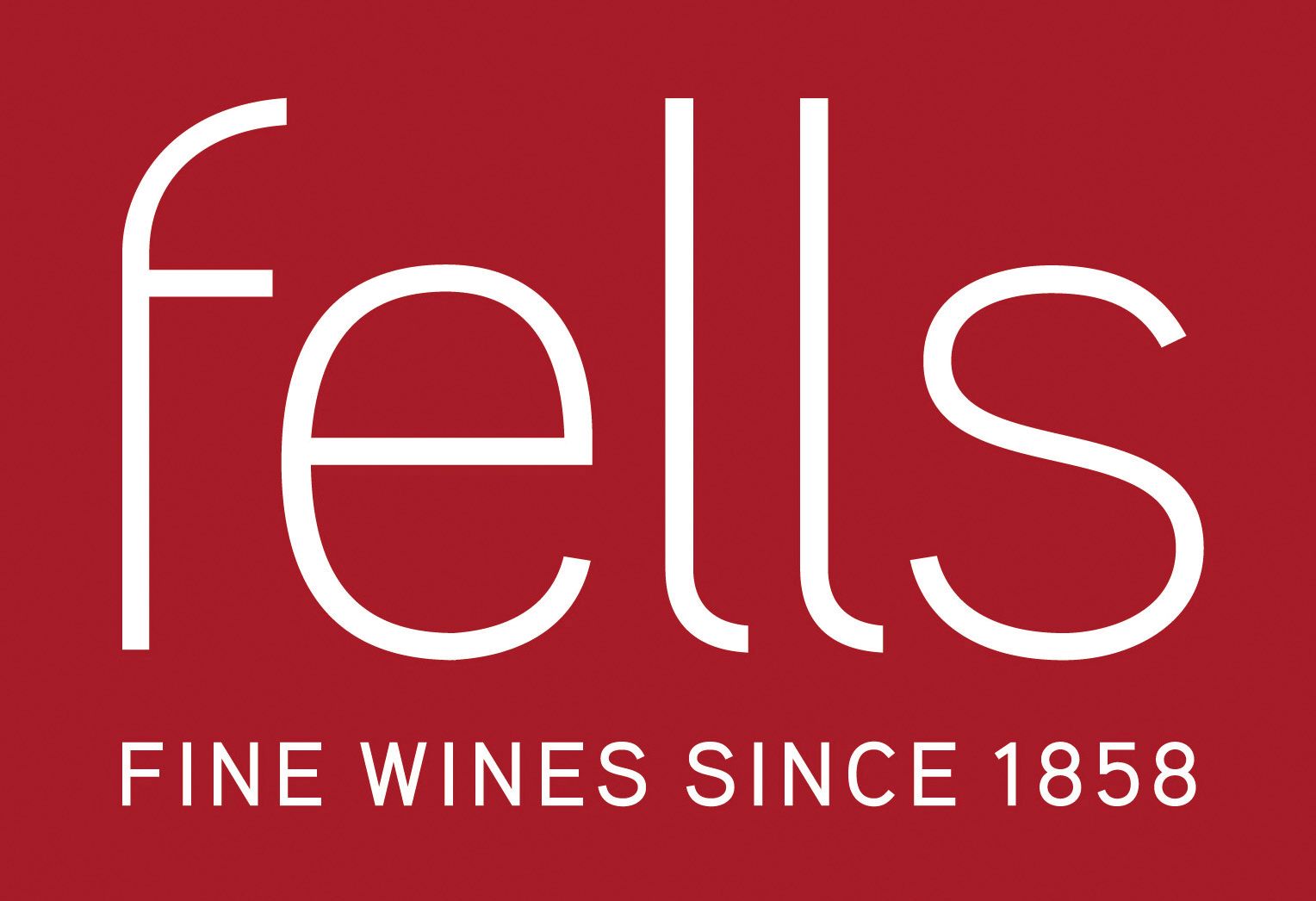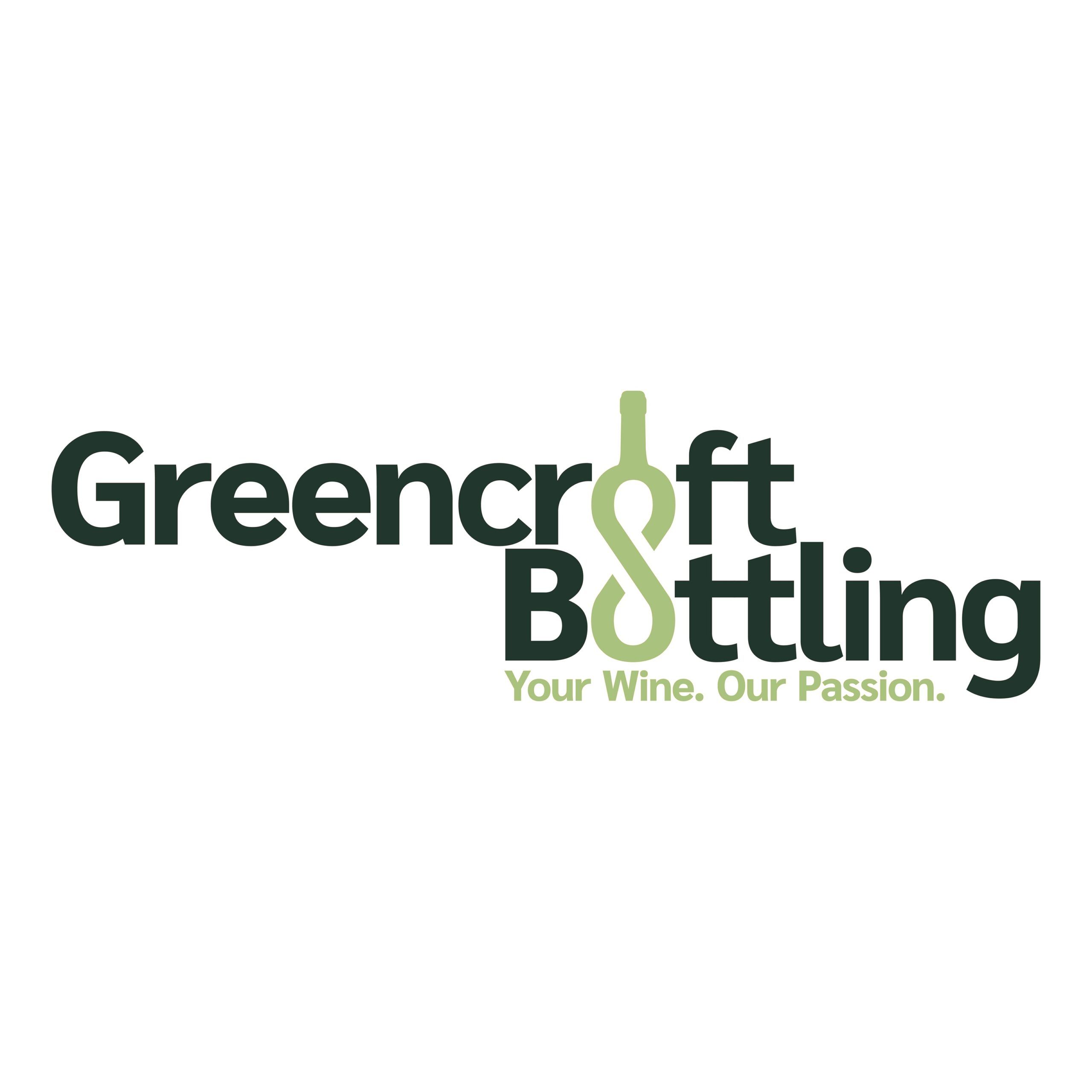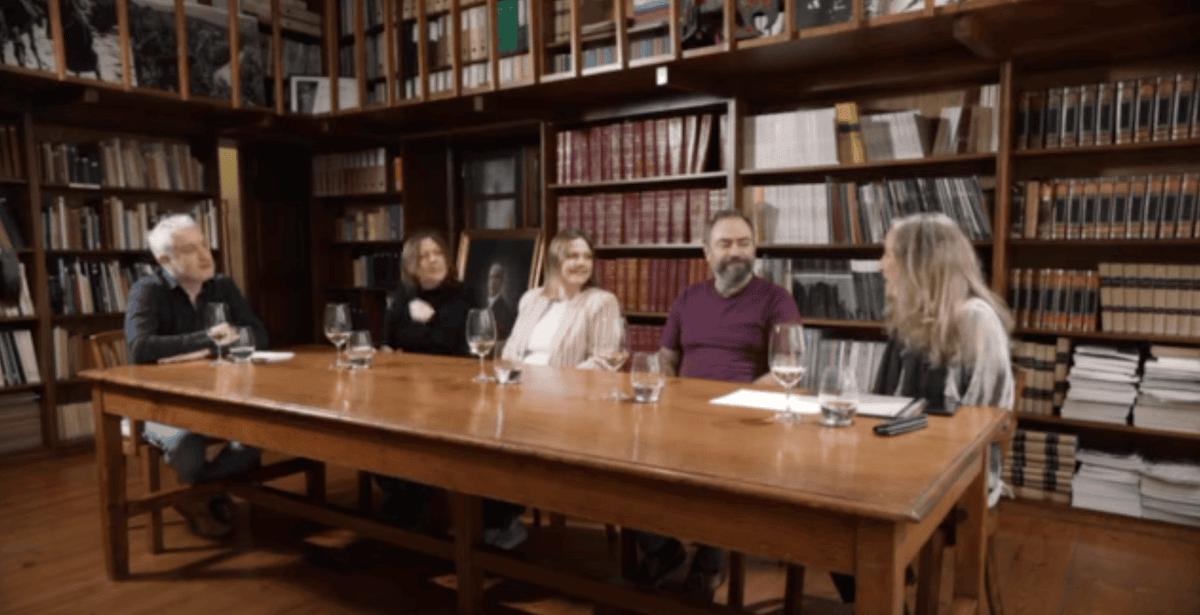“There is just a real effort to make delicious affordable wine and have a great time making and selling it.” As marketing slogans go it is a bit longer than the one Wines of South Africa has just come up with, but it neatly sums up the spirit, personality and quality of winemaking in South Africa.
For that canny line we have to thank Andrew Johnson, managing director of Woodwinters Agencies, that has been long-time supporter of quality, premium wines from right across South Africa.
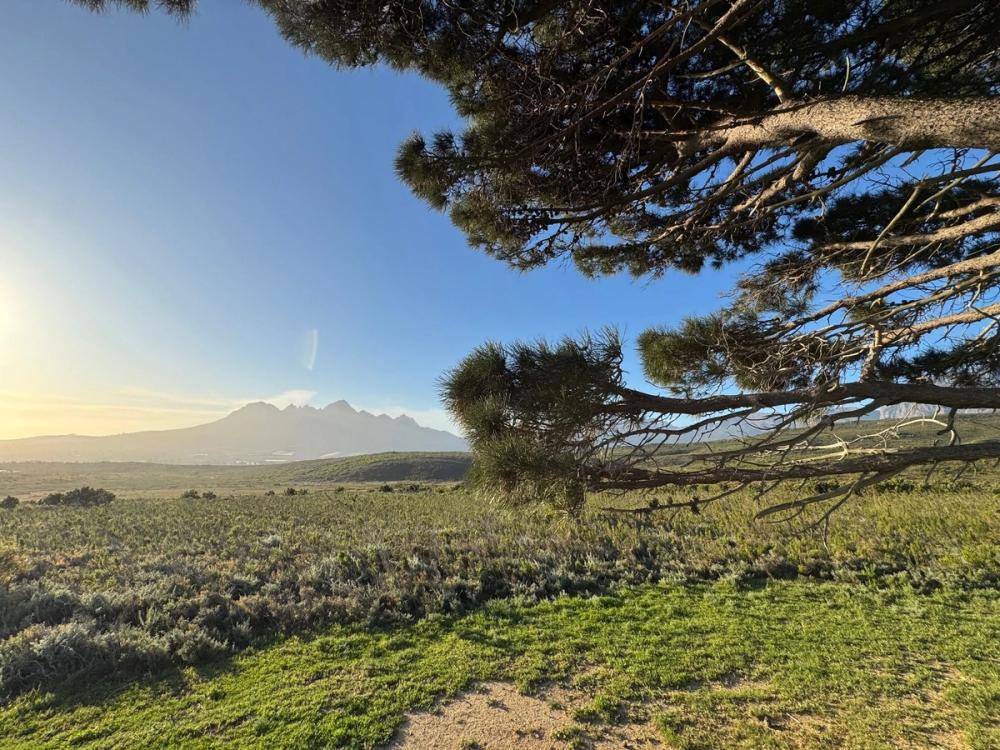
The majesty of South Africa is now captured in the quality of its wines
It also very succinctly sums up theoverriding takeaway from Cape Wine 2025 that the quality of its wines have never been better. Right across the board. At every price point. Proof, if it was still needed, that this still young wine producing country is year-on-year understanding how to make better quality wine.
“We definitely understand our place now after 20 years of making wine,” says Jean-Claude Martin, co-owner and winemaker at Creation Wines. “We know what our best farm practices are for our land. We have learnt from our mistakes. We feel more confident in ourselves, but are still excited about what we can do to make elegant wines.”
Producers like Creation Wine also now have a back catalogue, if you like, of past hits they can look back on and use “as reference points” for the wines they are making now.
Be it in how and where they are planting vines, which varieties they are using - with Creation about to introduce Picpoul de Pinet for the first time - and how they then handle and pick the fruit for extra freshness and elegance.
“Everything has changed in how we make our wine over the last 10 years,” he says. “In the past everything was very controlled, but over the years we have learned to be much more hands off,” says Martin, referring to his “less is more” approach.
“That’s the best way to reflect the place we come from - 80% of the wine comes from the vineyard, 20% is what we do in the winery. Which is why to be a good winemaker you need to be a good farmer. We are not rockstars, we are farmers. Which is why biodiversity is the key.”
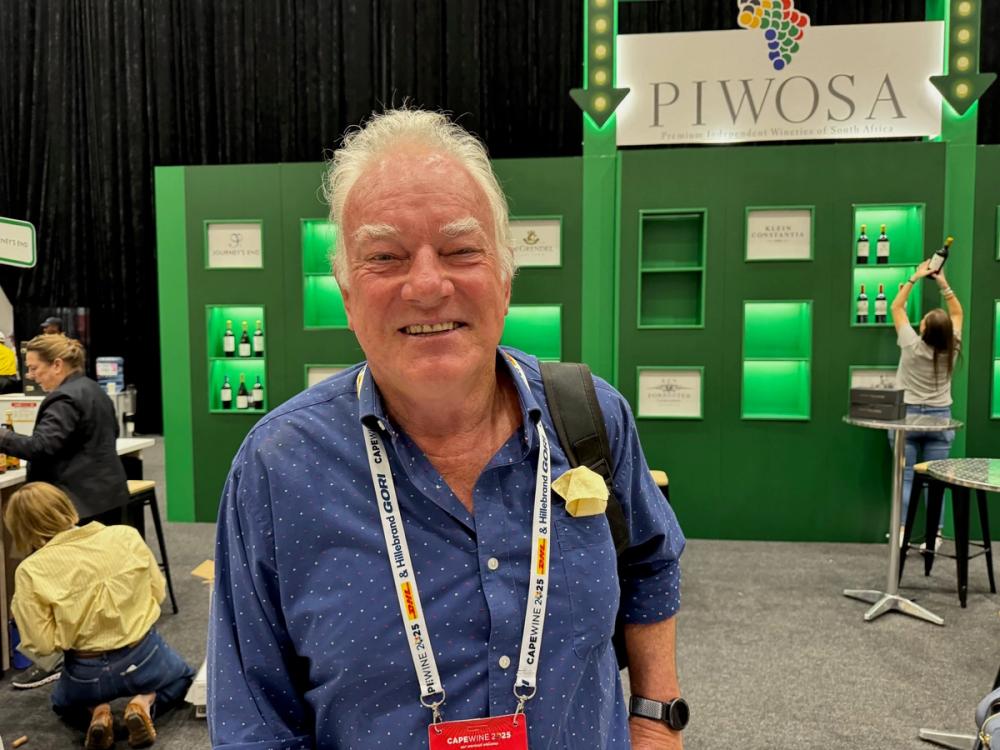
Ken Forrester says it was great to see the producers at Cape Wine focusing in on celebrating and promoting the quality of their wines - that's the key message the South African wine industry needs to get across
Ken Forrester of Ken Forrester Wines says it was great to see the producers at Cape Wine totally focusing in on the quality of their wine.
“It’s been not so much about our fynbos, more about the quality of our wine and what we can do as a wine industry,” he says. “That’s very refreshing to see. Yes, we have amazing flora and fauna but we also have magnificent Chenin Blancs and Cabernets so let’s talk about how wonderful they are. The quality of our wine is what it is all about.”
Hal Wilson, managing director of Cambridge Wine Merchants, says the three year gap since the last Cape Wine meant there was a “very evident” step up in quality.
“Winemakers are experimenting more with other vessels for fermenting and ageing, which along with more gentle extraction is resulting in wines that are more elegant and textural,” he says.
He describes South Africa’s Chenin Blanc as “a superstar grape with many expressions…nearly all of them excellent”.
How far South Africa can go in championing Chenin Blanc and making it it's overall hero grape variety was one of the key points raised at a separate debate held during Cape Wine with Bruce Jack, founder of Bruce Jack Wines, Frans Smit, managing director of Spier Wine Farm and Naretha Ricome head of Advini South Africa.
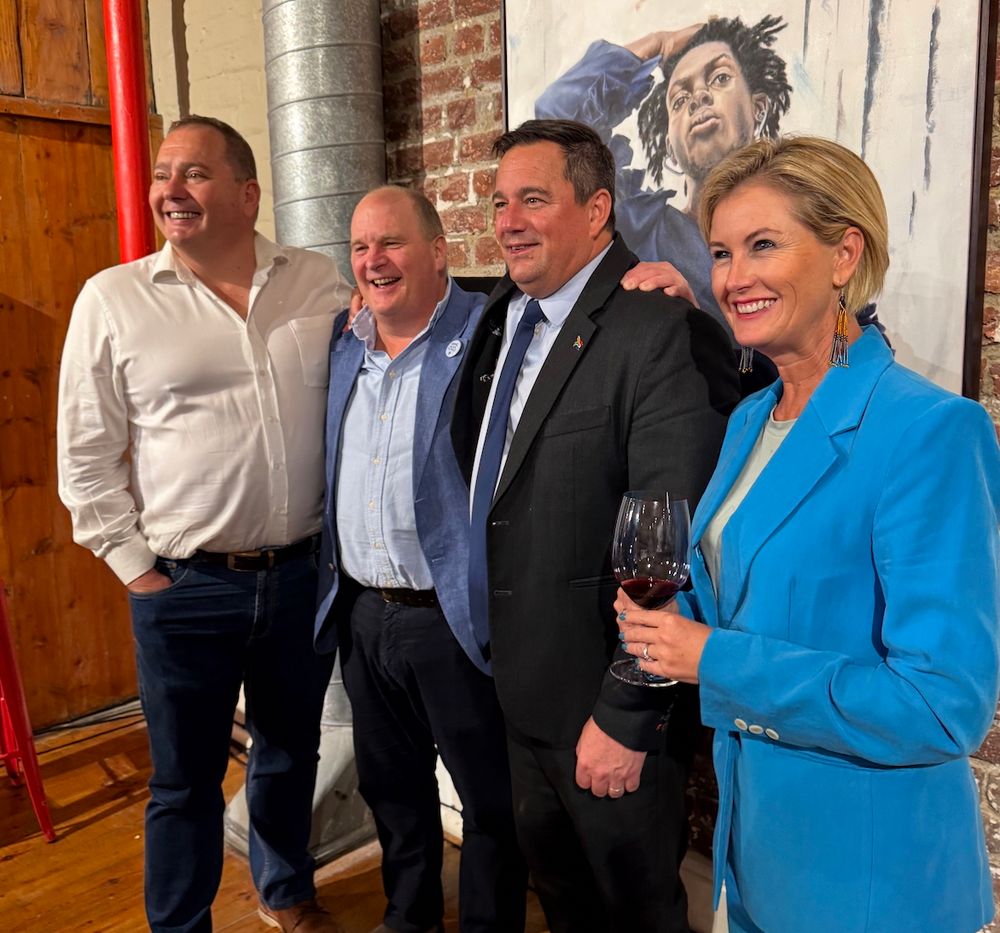
Bruce Jack, founder of Bruce Jack Wines, Frans Smit, managing director of Spier Wine Farm, Naretha Ricome head of Advini South Africa with minister of agriculture John Steenhuisen
Together they believe there is a real opportunity to cut through with consumers around the world by making Chenin Blanc one of its star attractions and what differentiates to other countries around the world. In much the same way that Argentina has done with Malbec and New Zealand has achieved to extraordinary levels with Sauvignon Blanc.
Wilson also believes more should be done to promote and revive the debate around Pinotage. South Africa’s ultimate indigenous grape variety that has had such a chequered history.
He explains why: “With 100 years since the first crossing and planting there was a great opportunity to market Pinotage around the world as a uniquely South African offering, as well as describe how growers and winemakers have learnt to bring the best out of the grape over the three decades since 1994. It’s a fascinating story but producers can’t seem to celebrate the diversity of the grape in the way they can Chenin Blanc.
“It makes muscular as well as elegant styles, and any sibling of Pinot Noir should be able to express itself elegantly and celebrated for that. I think there were divisions over Pinotage resulting in a lost opportunity, which if true is a bit disappointing for South Africa as a whole.”
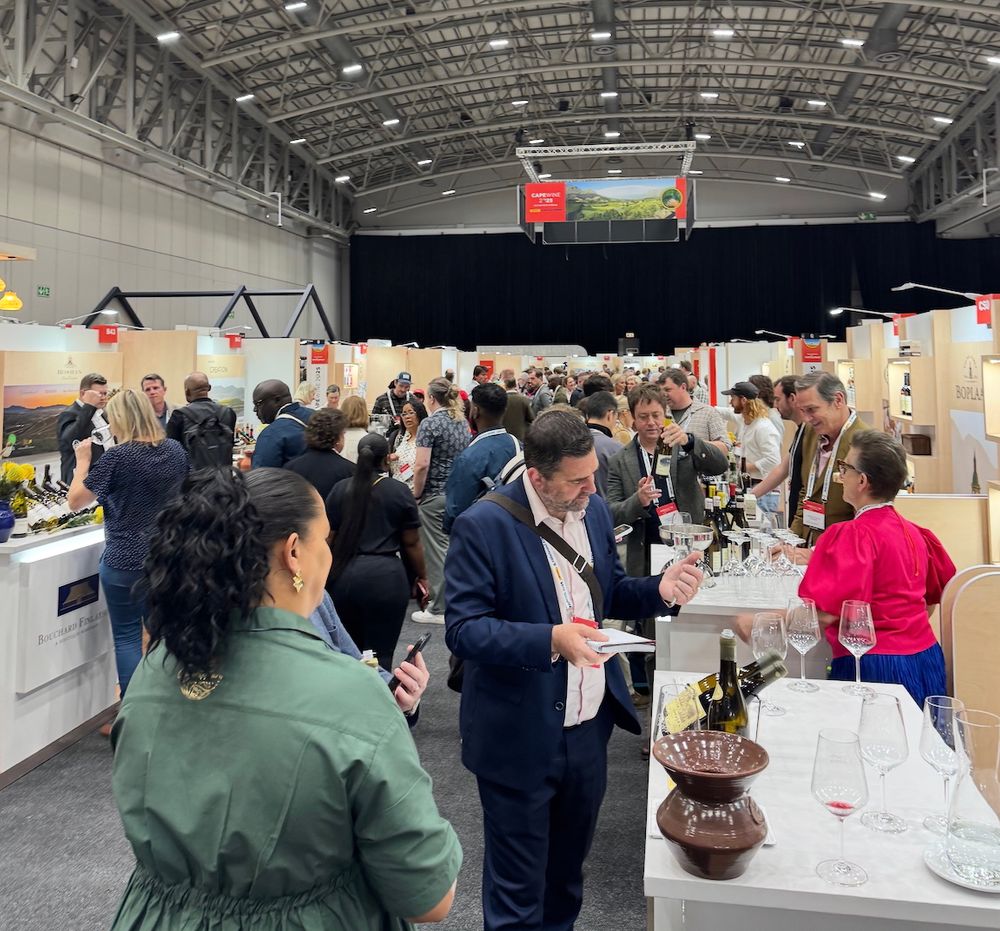
As it only takes place every three years Cape Wine is an excellent opportunity to see how far South African wines have come in that time
It was also interesting to see, adds Johnson at Woodwinters, how many of what he describes as the “stale Stellenbosch brands” that are “now really trying to rejuvenate their reputation, either through slightly less clumsy winemaking or just more modern marketing”.
He adds: “There is still a market for big muscular oaky wines, but the tide is turning and I can see many of the wineries moving with the times. I saw a bit more concentration on Syrah which is making big strides in South Africa.”
Long term commitment
Rollo Gabb, managing director at Journey’s End says the industry is definitely benefiting from the number of independent family-owned producers that can take a long term view over investment and profitability.
“You have got to invest in your brand,” he says pointing to its recent partnership with the Lawn Tennis Association as wine sponsor of the HSBC Queen’s Tennis tournament.
It’s also why, he says, it has worked so hard to become a B Corp business as not only is it the right thing for its land, vineyards and people, but it is a long term investment in the business and an internationally recognised and respected accreditation.
Building “brand South Africa” around the world is also very much the goal of all the family-owned wineries that make up the networking, promotions and event group PIWOSA (Premium Independent Wineries of South Africa) that Journey’s End is a key member of.
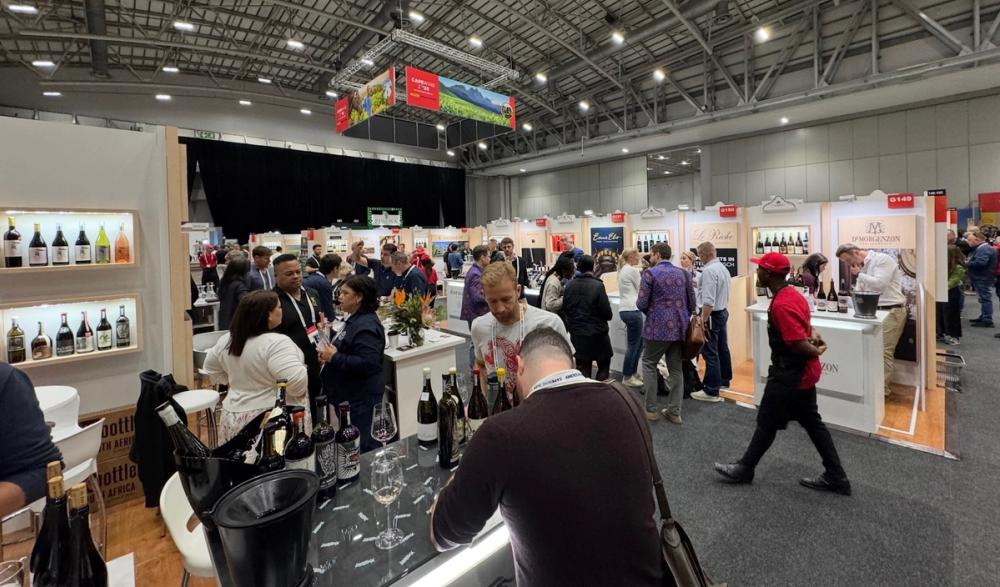
The collective spirit and force of South African wine industry is at the heart of Cape Wine
Again it is the “collective” force of PIWOSA that is so important, says Gabb. By hosting joint tastings and events in key cities around the world it is the combined power and impact the wineries can have working together that is so important in playing their part in promoting and building this idea of “brand South Africa,” he adds.
It is what the Australian wine industry did so well in the 1990s to work together to build its brand and image around the world. South Africa is ideally placed to do the same now, he adds.
Africa calling
One of the key themes to emerge at this year’s Cape Wine compared to the event in 2022 is the number of leading producers that are now looking to seriously invest in and build their businesses in other key countries across Africa - particularly East Africa.
Whilst most producers will have some presence outside of South Africa, there has not been the concerted effort there now appears to be to really push its wines across the continent.
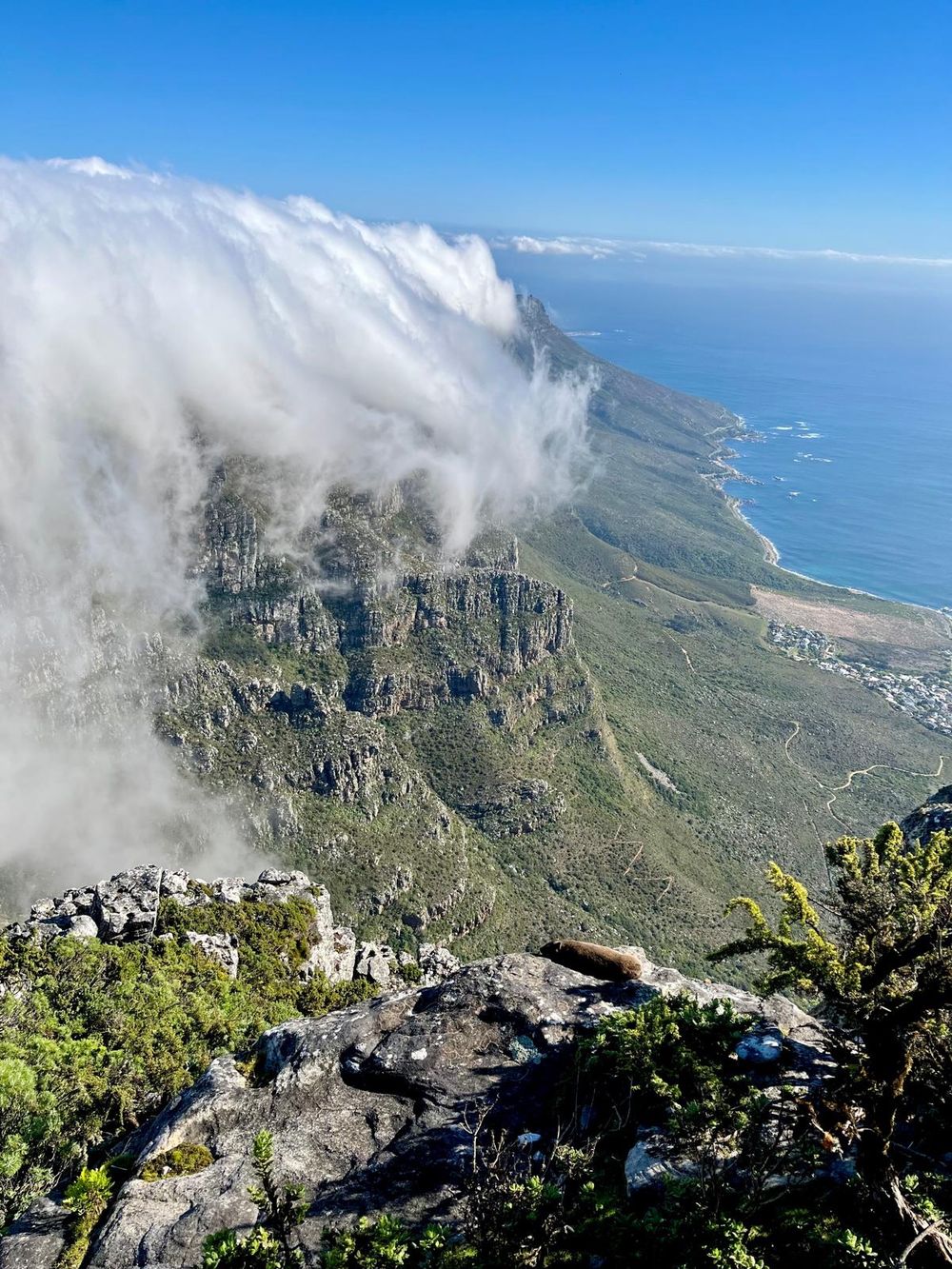
South African producers are increasingly looking to build sales in their domestic market as well as look seriously at building business in key target African countries - particularly in East Africa
A response both to the increased middle class economy across many African countries and the need to diversify away from key but volatile and unreliable markets like the US and UK - particularly over the last two years.
Kobie Lochner, the new chief executive of La Motte Wine Estate and Leopard's Leap Wines, says it is sees East Africa, in particular, as being strong potential markets in countries such as Botswana, Kenya and Tanzania.
“There is a lot of opportunity in Africa. There is a growing young population and the South African wine industry has the chance to shape how they embrace wine,” he says.
Lochner was been able to see for himself the growth in emerging African markets during his time at Heineken prior to joining La Motte where he helped develop its beer brands in key target African countries.
The challenge wine has, he says, is how it takes some share away from beer which is the clear current preferred alcoholic drink thanks to the work the major brewers and brands, like Heineken, have put in over the years.
“We need to do it as a collective,” he says.
“What Heineken did was to take a category view and look at how we make beer more relevant in people’s lives. We need to do that in wine,” he adds. “There are lots of things we need to do to get that right, but it is more about sharing knowledge about wine rather than the understanding of it.”
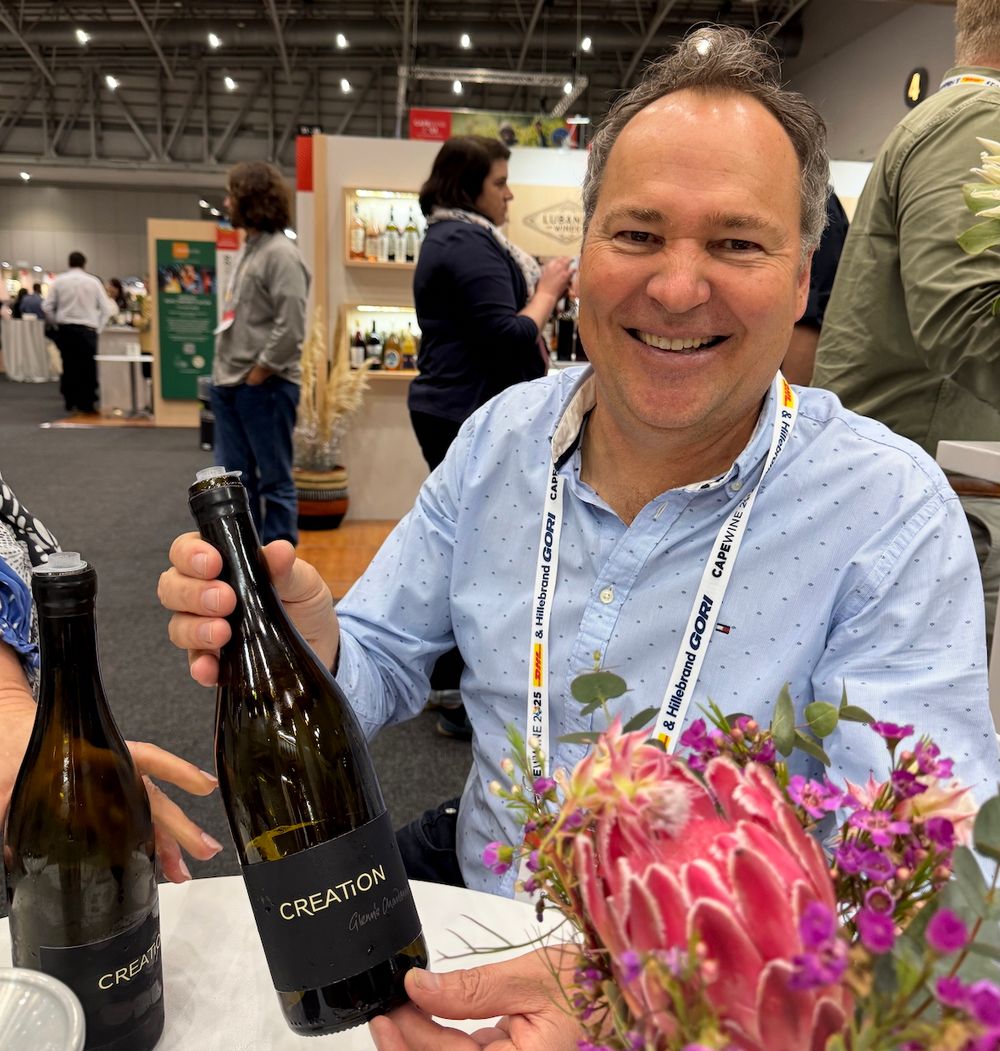
JC Martin co-founder and winemaker at Creation Wines says it is focusing more and more on building its domestic South African wine sales as well as driving business in other key African countries
Martin at Creation Wines says it makes total sense to try and “open up” the opportunity in Africa, particularly in the high tourism areas, such as Zanzibar and Madagascar, and in the high class lodges in the main game and safari parks.
He also stresses that for all of Creation’s success in key export markets and major cities around the world 70% of its wines are sold in South Africa, or across the Africa continent - up from 55% 10 years ago.
“We have always worked hard in our local market,” he says, which is where Creation’s tasting room and high class restaurant has played such an important part in bringing people from across Africa to its winery who then look for its wines when they go home.
“I want to be as much as possible with the end consumer and being in the local market allows me to do that,” he explains. “It is also about being able to give the personal touch so we have to be close to our local markets and really understand what they are looking for.”
Oldenburg Vineyards’s decision to double its prices on some wines to better reflect the quality and investment it has made in its estate, vineyards and winery has also helped re-position itself in the domestic market and is selling more wines in South Africa as a result - particularly at is revamped tasting room which has become a destination in its own right.
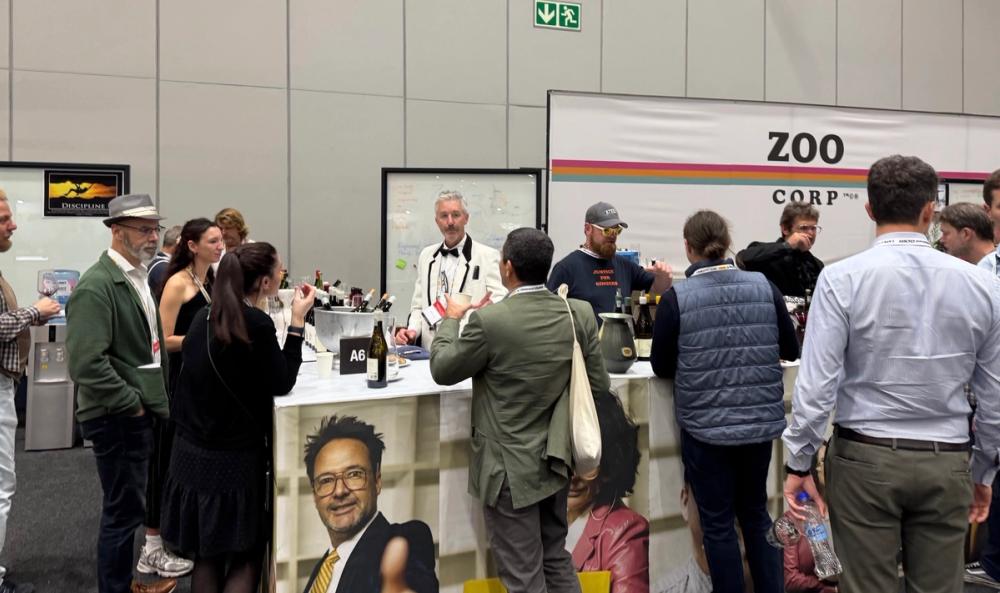
The typically left field Zoo Biscuits stand at Cape Wine was home for some of the country's most innovative and ground breaking winemakers
Need to diversify
Rollo Gabb at Journey’s End admits it has built up an over reliance on the UK for its wines, particularly now it has become such a “hostile environment” to sell wines inand it “needs to diversify” and grow new markets, both in key countries across Africa, but also into the Middle East where it is starting to pick up healthy business in key markets like Dubai and in Europe.
It has set up a dedicated team to build up its South African and African business and is making it a “big focus” for the business.
He admits it is partly about looking to get new business, but also about “spreading the risk” in light of US tariffs and the UK’s increasingly difficult duty system.
Neil Ellis Wines says it has spent the last two years trying to develop more business in Africa and is opening up opportunities in Namibia and Tanzania in particular.
Freixenet Copestick is looking to set up production contracts in South Africa where it can work with producers to make certain wines, like Chenin Blanc, for its I Heart range, that it can then look to sell both in South Africa and other key African countries, says managing director, Robin Copestick.
Not only does it open up potential new business markets for Freixenet Copestick it helps it diversify from the increasingly difficult and fickle UK market.
It’s a move it has already made in South America to good success by making I Heart wine in Chile to then sell in key local markets.
Old vines
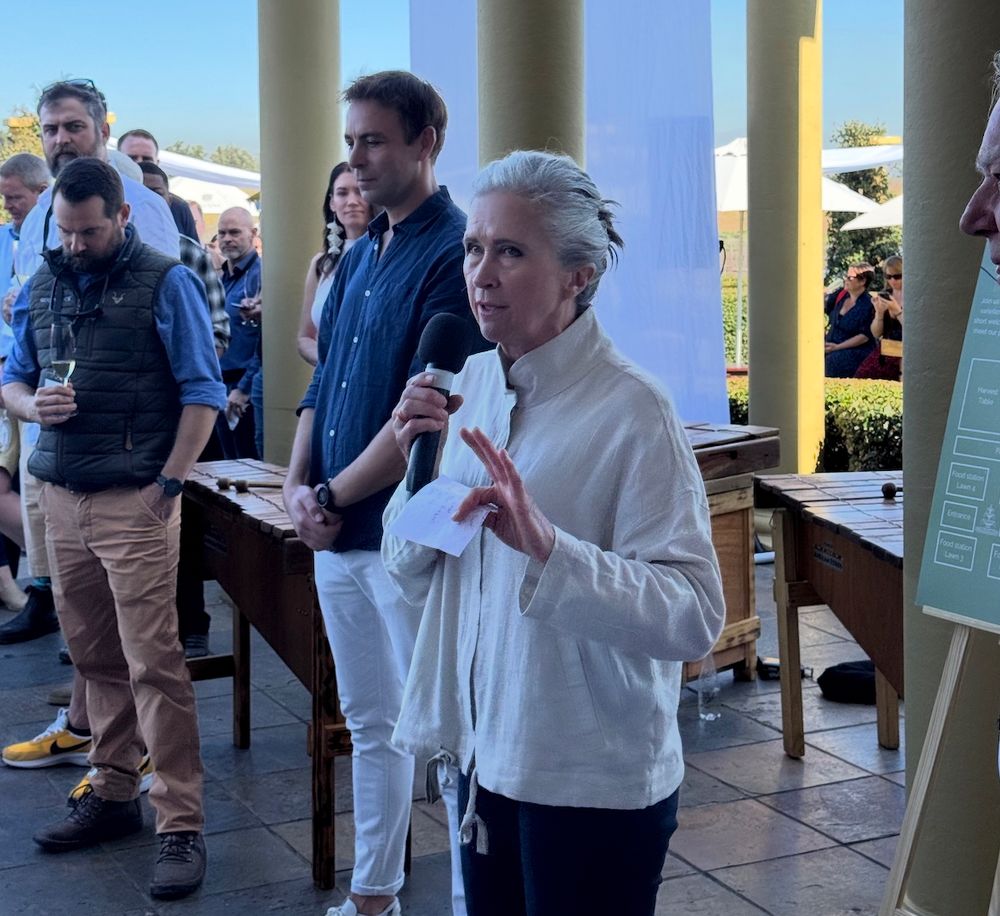
Rosa Kruger speaking at the Old Vine Project tasting prior to Cape Wine held at the Stellenrust Wine Estate
South Africa also continues to drive the agenda for old vines - spearheaded by its Old Vine Project - which it has done so much to promote what old vines can achieve around the world.
Interestingly the focus is also now on planting vines that can be South Africa’s old vines in the future and ensuring the industry is providing security and opportunities for future generations of growers and workers, says Rosa Kruger, founder of Old Vine Project.
She says the industry can be rightly “proud” of what it has achieved with its old vines and whilst they only account for 4% of its total vineyards, 40% of the wines scoring 95 points or more in Tim Atkin MW’s South African wine awards are made from old vines.
Exploring new territories
The pursuit and search for old vines is also taking winemakers into new territories and it is exciting to see the number of new areas that are opening up to winemaking.
"Regionality and being able to offer some unique is becoming more important at the premium end,” confirms Bernard Fontannaz, managing director at Origin Wine.
It’s a development that Johnson at Woodwinters was excited to see: “There are a lot of producers now sourcing wines from more extreme and far flung regions. Producers like Sakkie Mouton making wines in Vredendaal. I think vineyards near or north of St Helena bay will become more and more prevalent. You could include Fryers Cove, Tierhoek, Groote Post, Org de Rac etc in that category.”
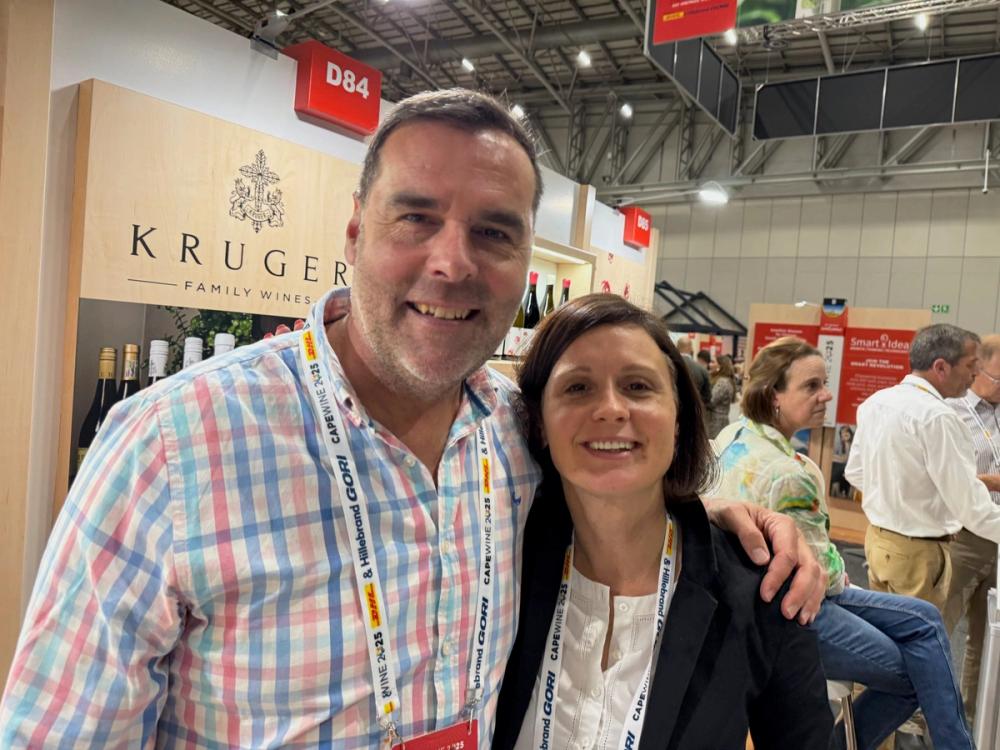
Johan and Sofie Kruger are successfully planting vines and making wines in Karoo - which they claim is a first for South African wine
Johan Kruger, owner and winemaker at Kruger Family Wines, claims it is the first producer to be making wine in the Karoo from Syrah vineyards planted at 1,500 metres, which he claims is the highest in South Africa.
“I have been dreaming of making wine there for 20 years,” he says with a first 1,000 bottle vintage in 2022.
Wilson at Cambridge Wine Merchants says it was great to see so many different areas being promoted at Cape Wine: “There were some great wines from the Botriver area, which is a less familiar region to many consumers. The Cinsault, Grenache and Mourvedre from Swartland get better and better.”
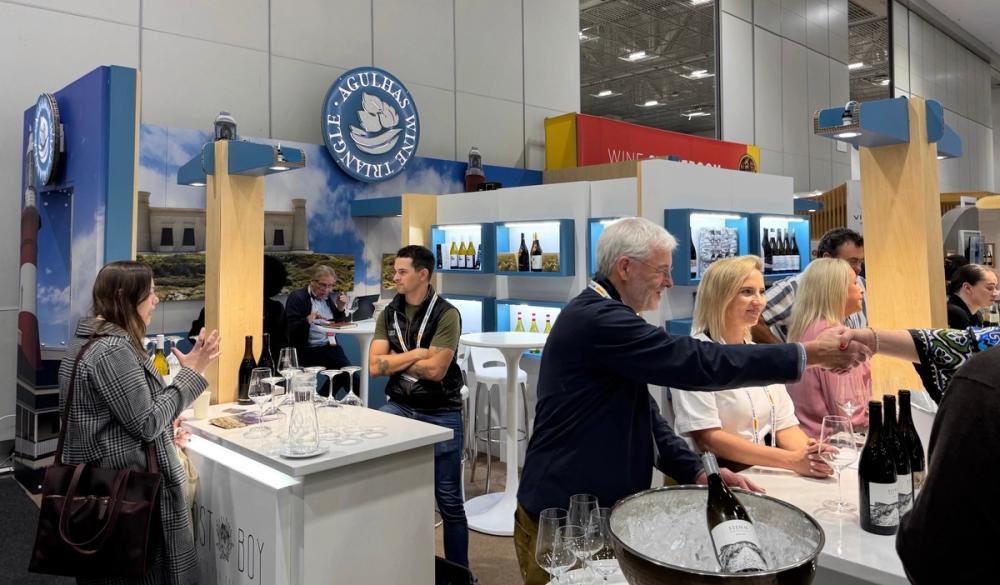
The Agulhas Triangle is one of a number of regions that have emerged in recent years as key new wine producing areas in South Africa
The Agulhas Triangle is also showing what is now possible with growing vines and making wines in such extreme, exposed areas on South Africa’s most southern coastline.
But there is also a better understanding of what South Africa’s more established wine regions can still do. Like the Hemel-en-Aarde which has now emerged as the region where the country’s most prominent wine producers want to be and where its classic Chardonnay and Pinot Noir styles are becoming benchmarks in their own right.
Gottfried Mocke, winemaker at Boekenhoutskloof, which makes its Cap Maritime Chardonnay and Pinot Noir in the region, says “there are very few places outside Burgundy that have planted Pinot as successfully” as they have in Hemel-en-Aarde.
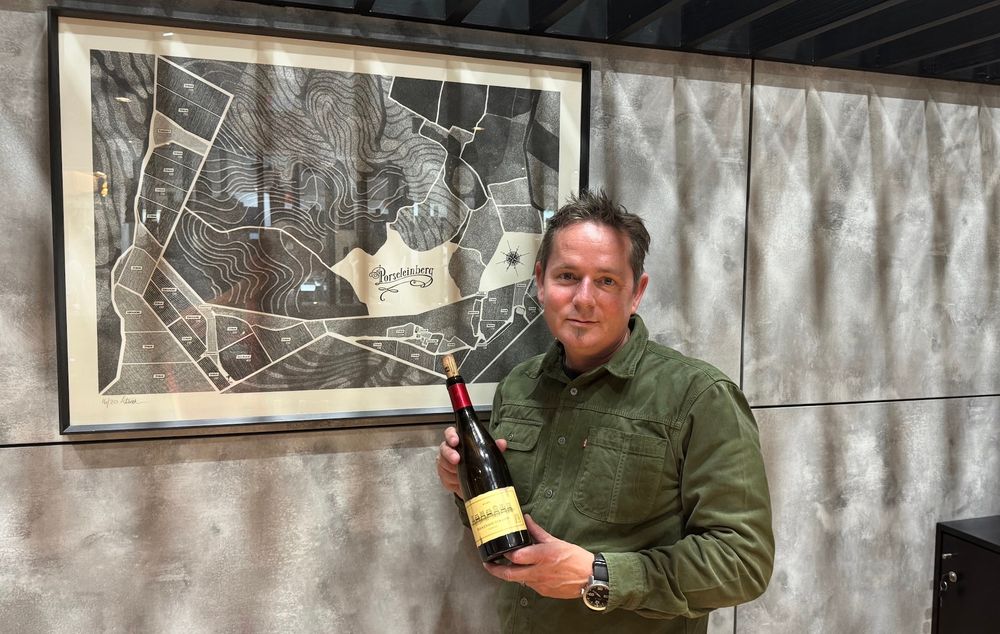
Gottfried Mocke, winemaker at Boekenhoutskloof, is a great example of a producer and winemaking team that are constantly looking for new sites and regions to plant vines and make ever better wines
Different formats
There has also in recent years been a huge shift amongst winemakers to look to tone down their wines by working with different formats - with concrete eggs and tanks, amphoras and foudres all now common place across its wineries - both big and small.

Alex Milner at Cape Wine - getting fully into the 70s office vibe of the Zoo Biscuits stand
Alex Milner at Natte Valleij says it is all about exploring how winemakers can get more “tension” in their wines as well as using formats that make more “delicate” and “elegant” wines.
Mocke says it is all about using vessels that can help bring “freshness and texture” to the wines - most notably old Burgundy foudres - and are highly in helping to create its classic South African brand, Chocolate Block, and now Goldmine its white blended version of Chocolate Block which was launched at Cape Wine
Johan Kruger says he likes to work with 2,500 litre foudres and concrete eggs as they bring a “dynamism and energy” to the wines. It is the soft oak in the foudres that he says helps make “more polished” wine that “brings out the vineyard more”.
L’Ré Hughes, winemaker at Stellenzicht Wines, is a big fan of clay amphora and currently has 14 in the winery. It helps she says to give the wine a real “linear focus and keeps them fresh”.
“They are the building blocks to create a really interesting wine. Having different vessels gives us as winemakers so many more options,” she says.
Focus on sustainability
South Africa has long been a champion and leader when it comes to producing wines as sustainable as possible with organics and biodynamics deeply embedded across the winemaking community.
As winemakers better understand their soils, and sense of place they are also taking more steps to protect and enrich the health of the soils and environment where their vines are being planted.
Journey’s End, for example, has gone as far as importing 60,000 worms all the way from the north of England way to its vineyards in Somerset West in order to create a wormery and improve the overall soil health on the farm. It is one of a number of initiatives it has introduced over the last 15 years, being one of the first to install solar panels in 2012 and is now completely off grid when it comes to water supply thanks to the four dams across the property.
It is also working with the local community to provide up to 30,000 meals a week for families in the local village, funds and supports four local early day centres and is backing rehabilitation schemes for gender based violence programmes.
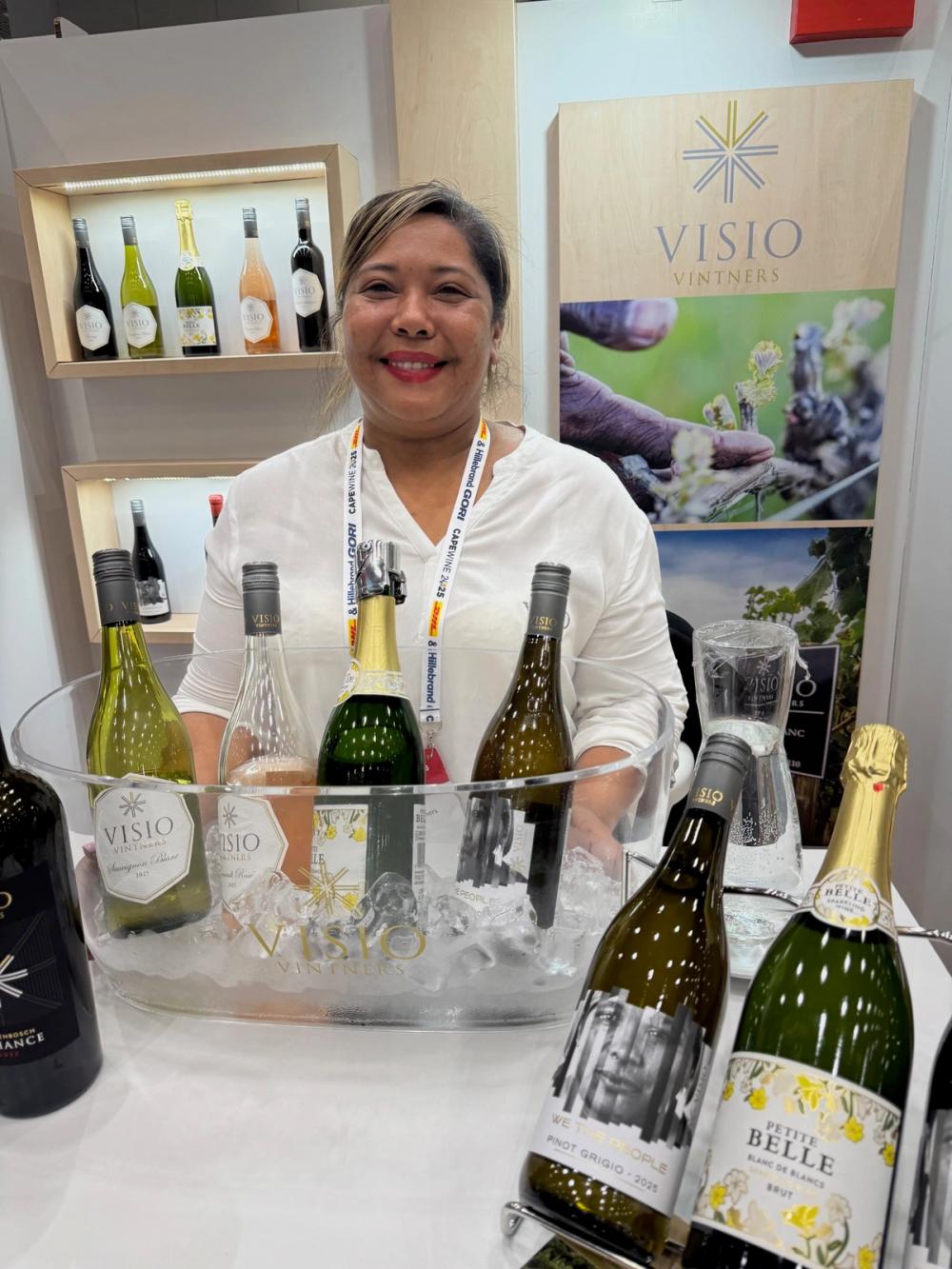
Visio Vintners was set up in 2018 by Kleine Zalze as a separate black-owned winemaking business to help support its growers and the local community
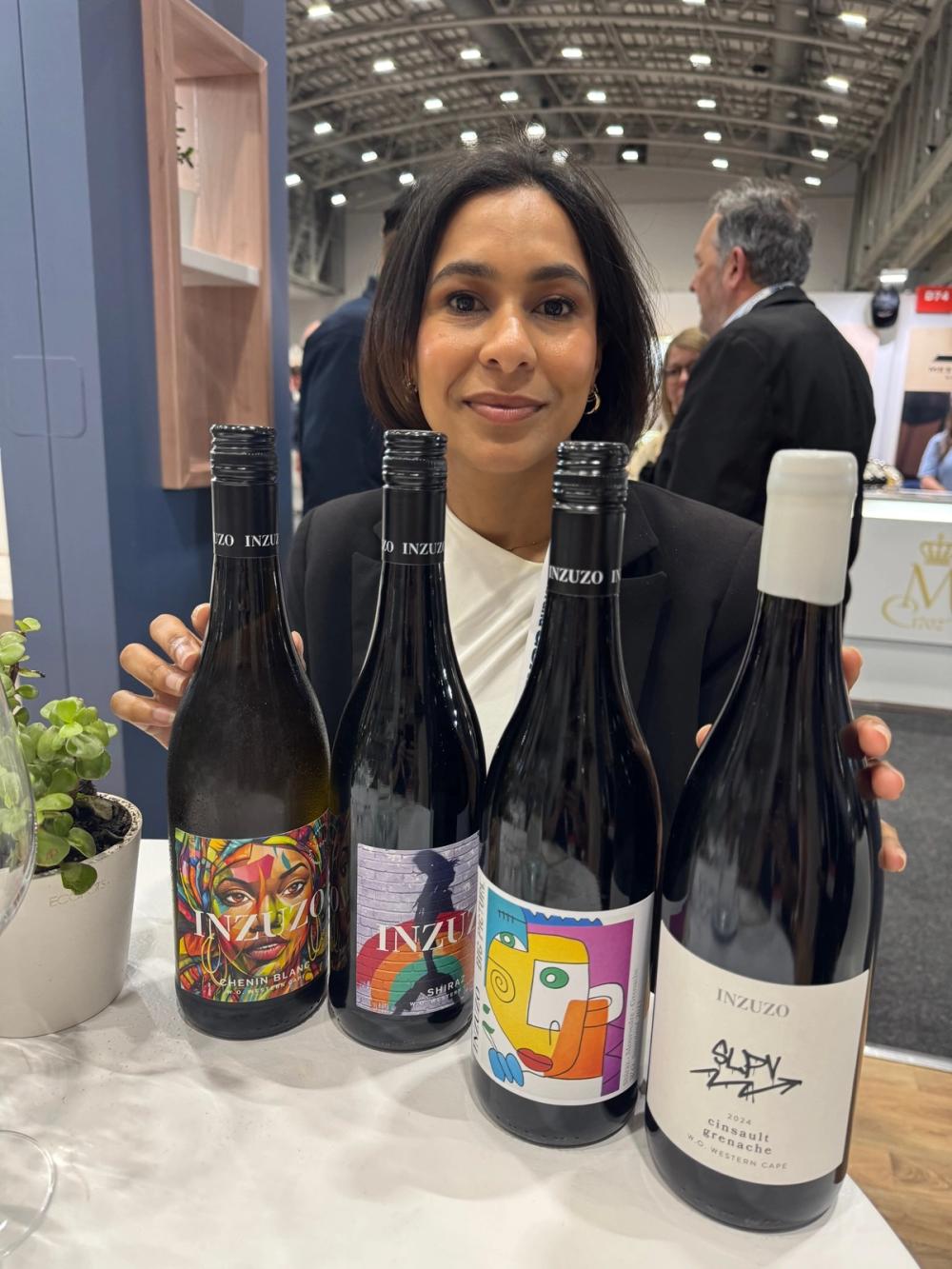
Inzuzo Wine Co, with winemaker Kaylin Willscott, is a separate business set up by Journey's End to help raise money and uplift the local community of Sir Lowry's Pass Village next to Journey's End winery
South Africa can also lay claim to be the only wine producing country to have an “Ethical Code of Conduct” under its WIETA seal which sets standards and benchmarks that producers have to reach when it comes to how they are looking after their workers and the support and care they provide for them.
It it yet another example of an industry that is committed to working together for the common good. An ambition and vision to always be striving to do better. Be it the quality of its wines, the sustainability of its vineyards and wineries, right through to how everyone in the South African wine community is treated and cared for.
Put them all together and “Brand South Africa” is a formidable force that truly sets it apart from any other wine producing country in the world.
* You can read part 1 of Richard Siddle's analysis of Cape Wine here.
